No products in the basket.
The 7 Elements of Art
7 Elements of Art: Shape
Watch this lesson for free on our YouTube channel
Free Lesson on the 7 Elements of Art by artist Lillian Gray.
This is a video and blog series teaching the 7 Elements of Art in an easy-to-understand way. The series consists of 7 lessons presented by artist Lillian Gray.
Hi, I’m artist Lillian Gray and today’s lesson is all about shape. Shape is one of the seven elements of art along with line, value, texture, colour, space and form.
Everything around us is made out of shapes.
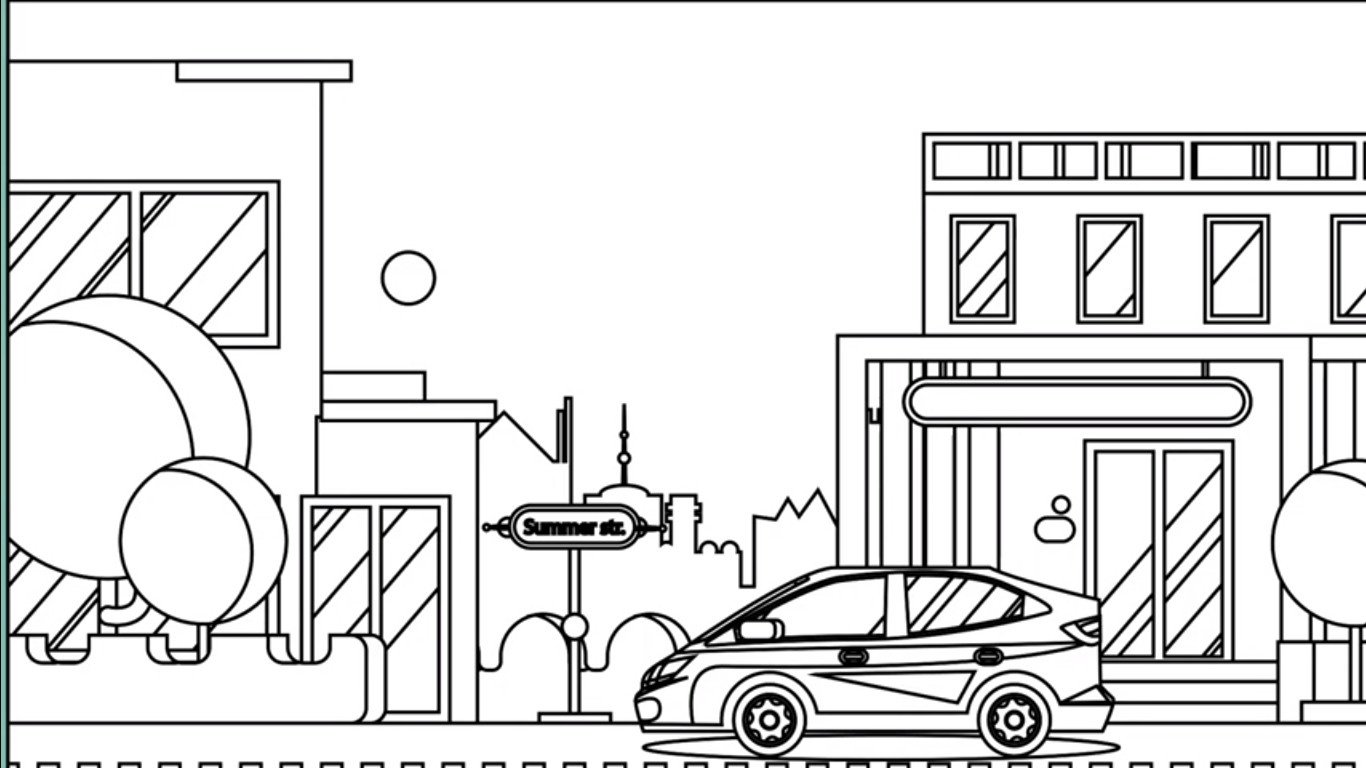

But what exactly is a shape? We typically think of a shape as a closed line.
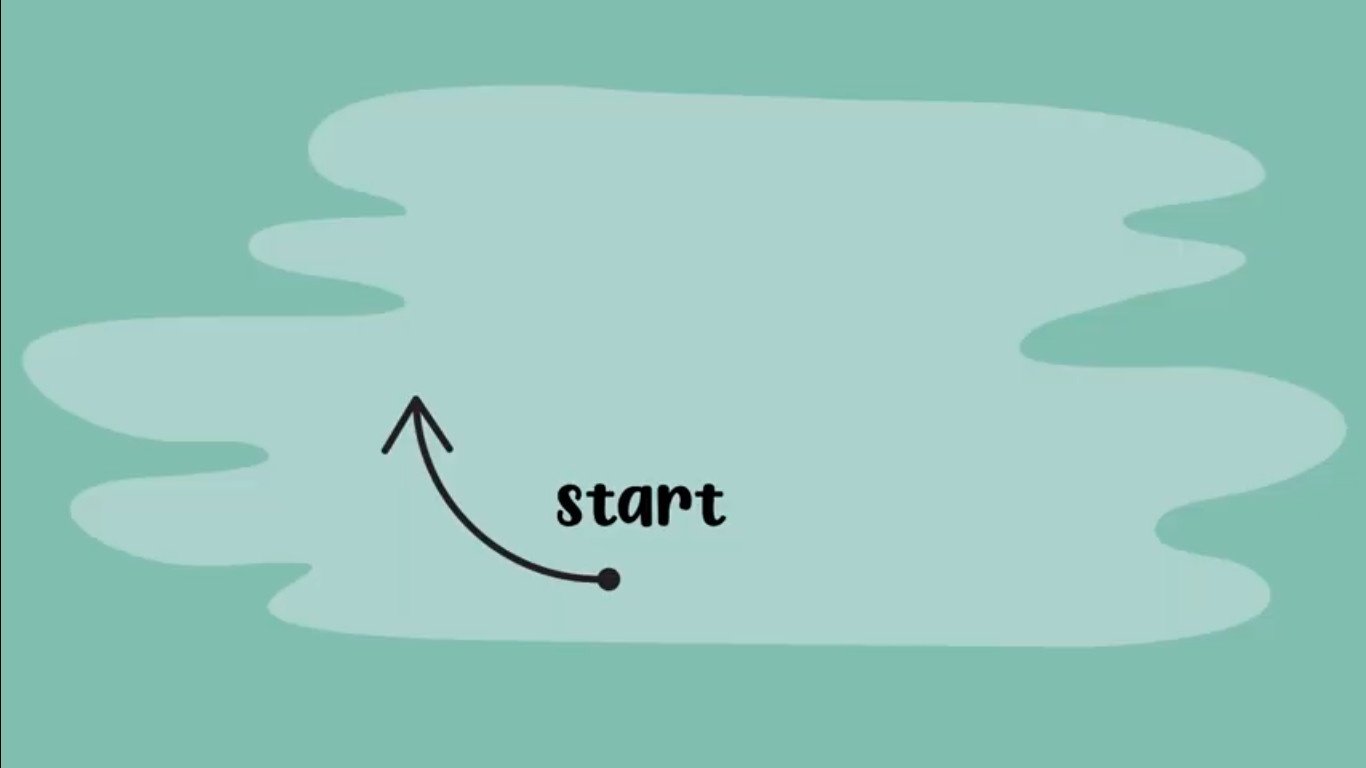
If you take a line and enclose it you would have created a shape in art.
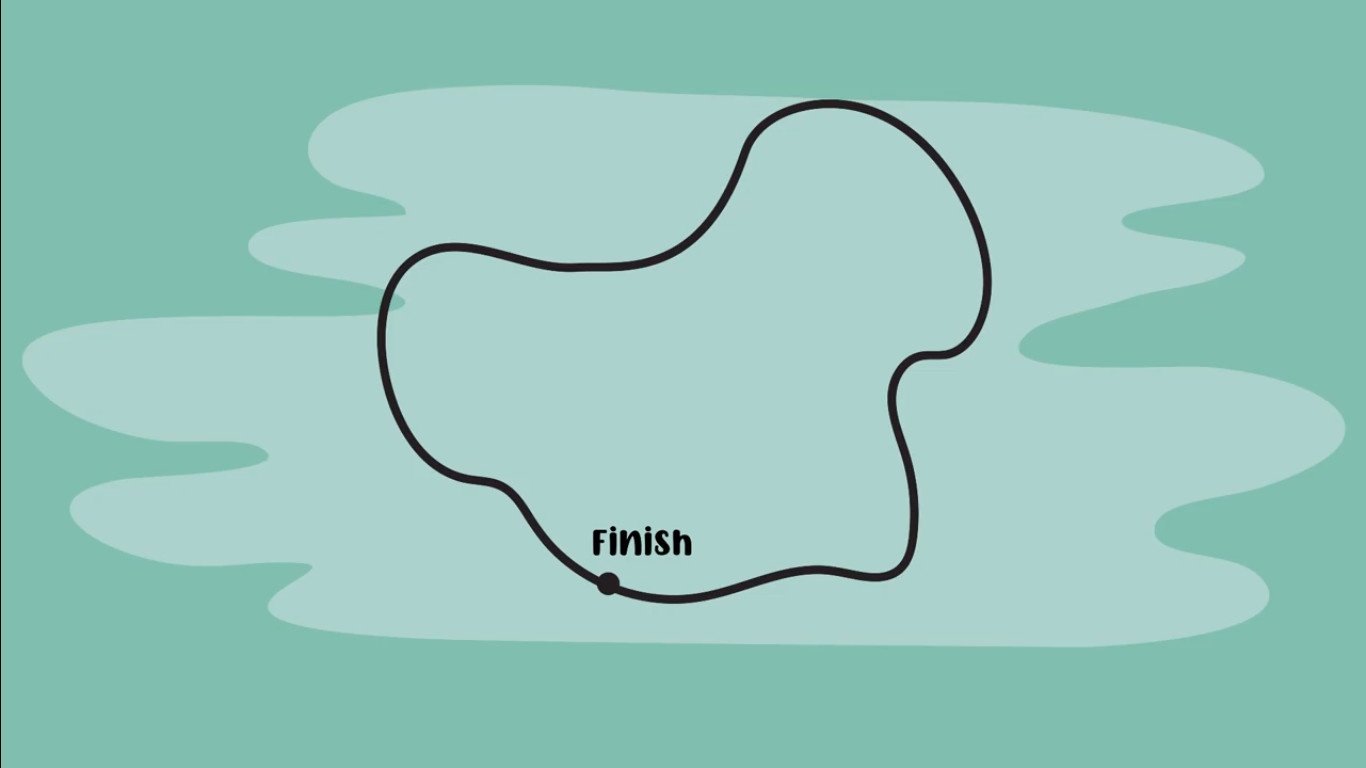
Shapes are flat and are defined by their length and their width.
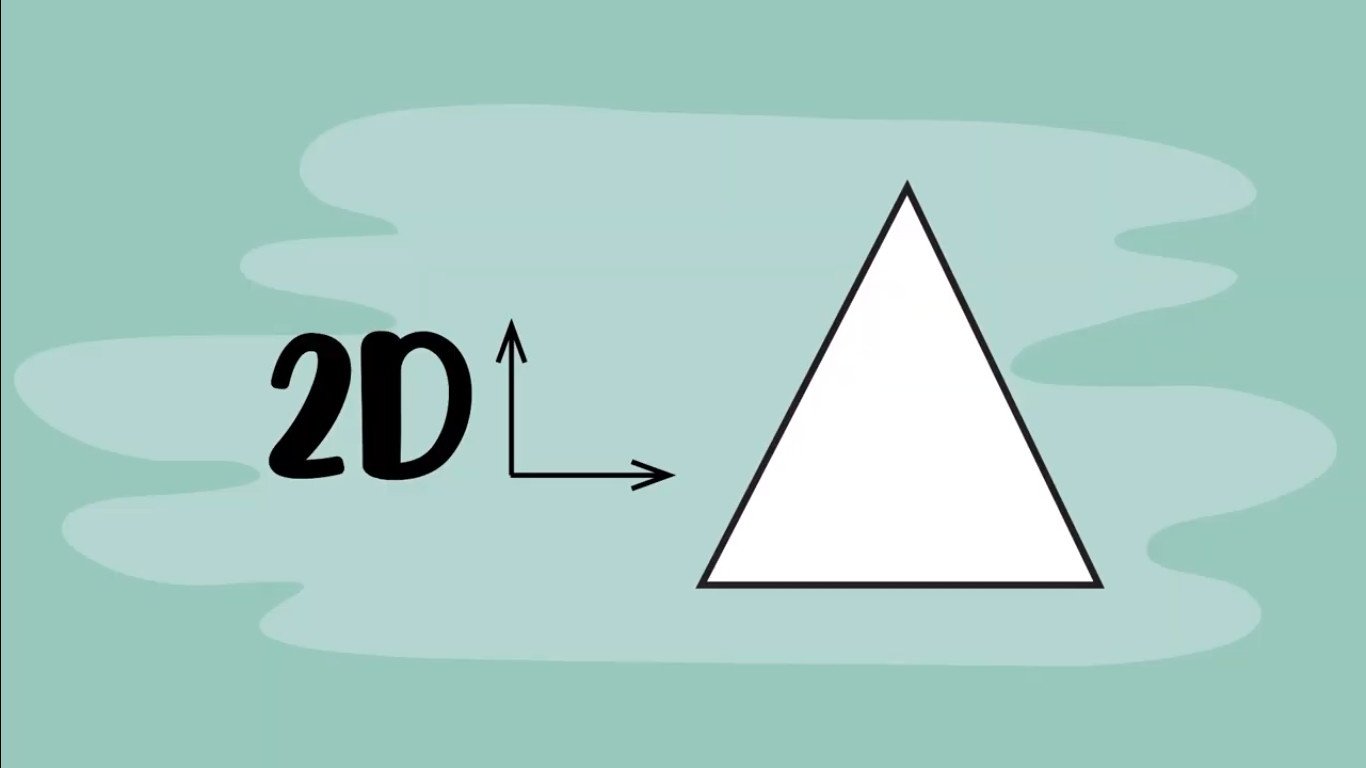
In other words, shapes are two-dimensional. The difference between a shape and a form is that a shape is 2-dimensional and the form is 3-dimensional.
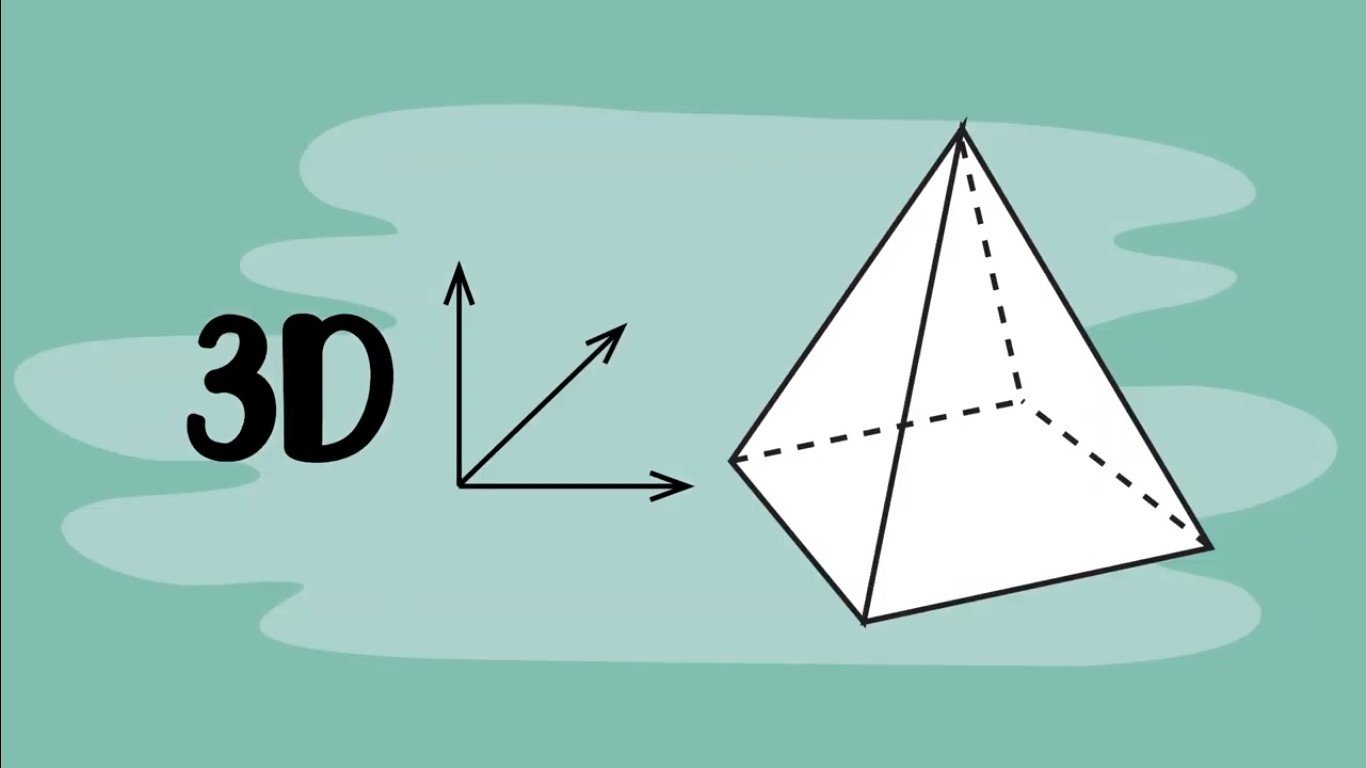
Shapes play an important role in the creation of art.

They can help to simplify a drawing or to create complex artworks.
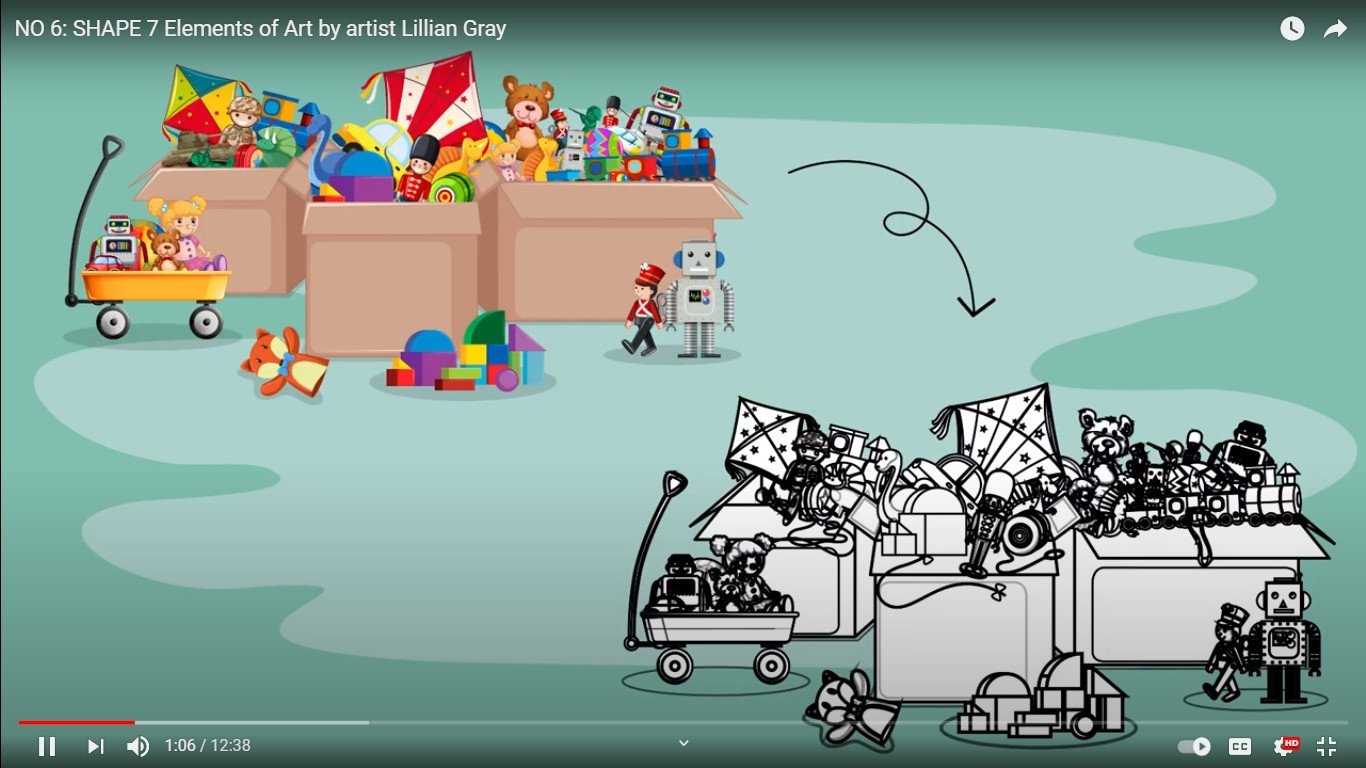
They affect composition and the layout of an artwork and contribute to the balance of an artwork.
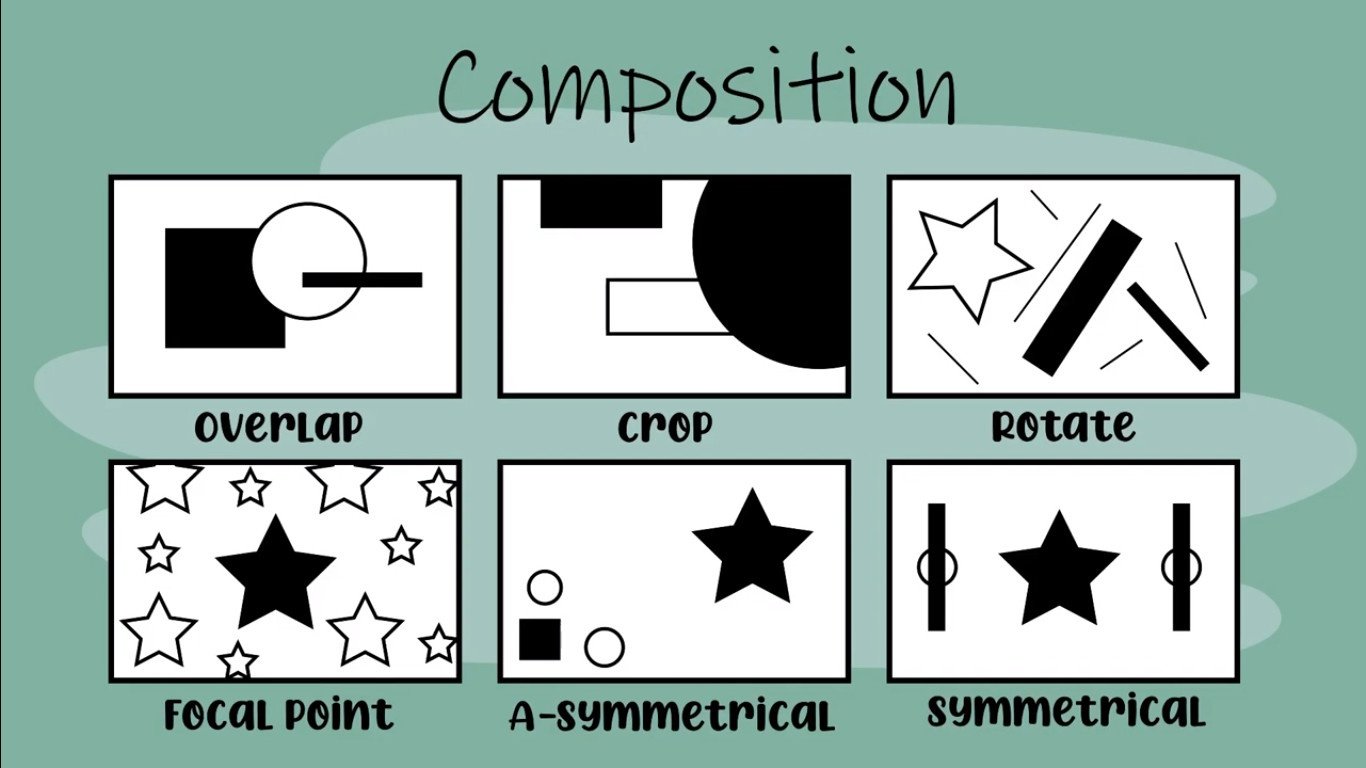
As artists we use all kinds of shapes.
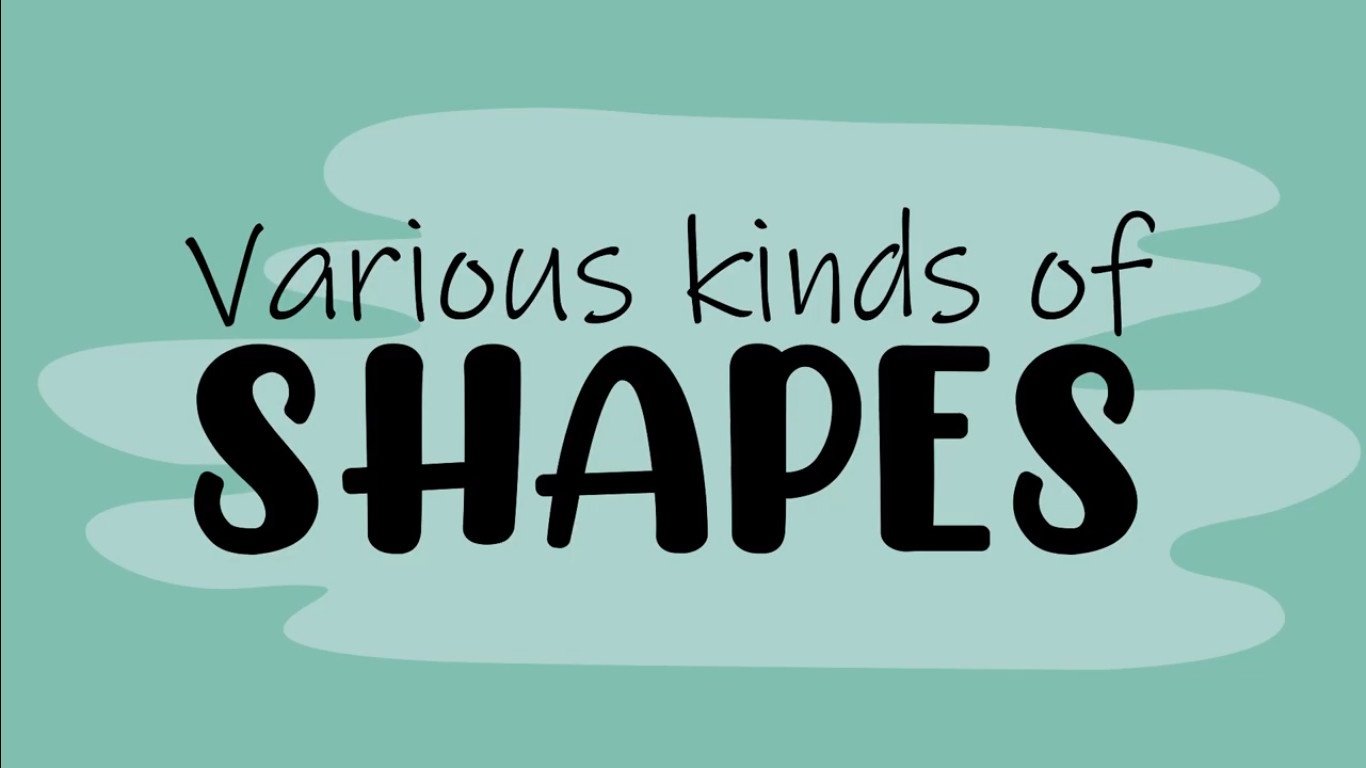
All of these shapes fall into one of two categories:
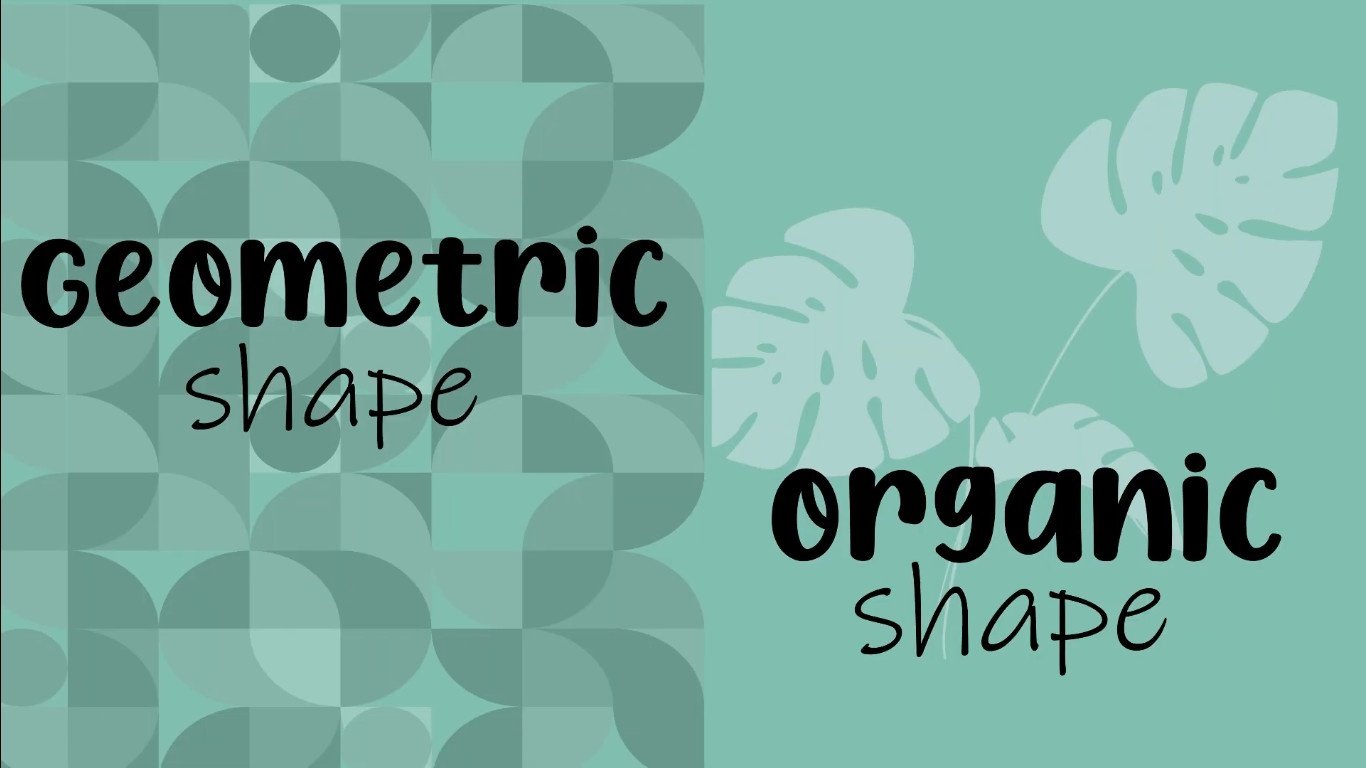
Geometric or Organic: geometric shapes are precise and regular, they are often found in human-made things, like buildings and machines.
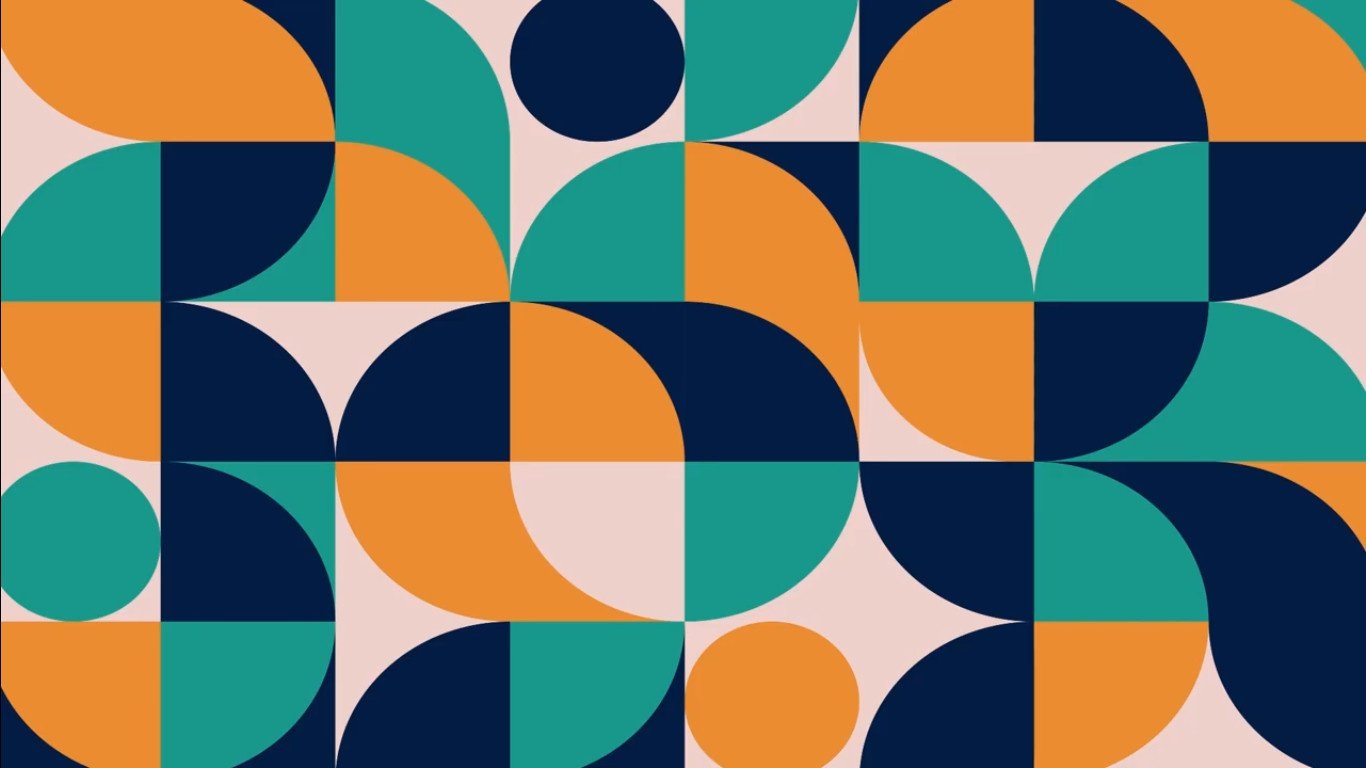
I like to think of them as being made with Mathematics, using precise calculations.

These generally have a specific name associated with them, such as squares, rectangles, hexagons and triangles.
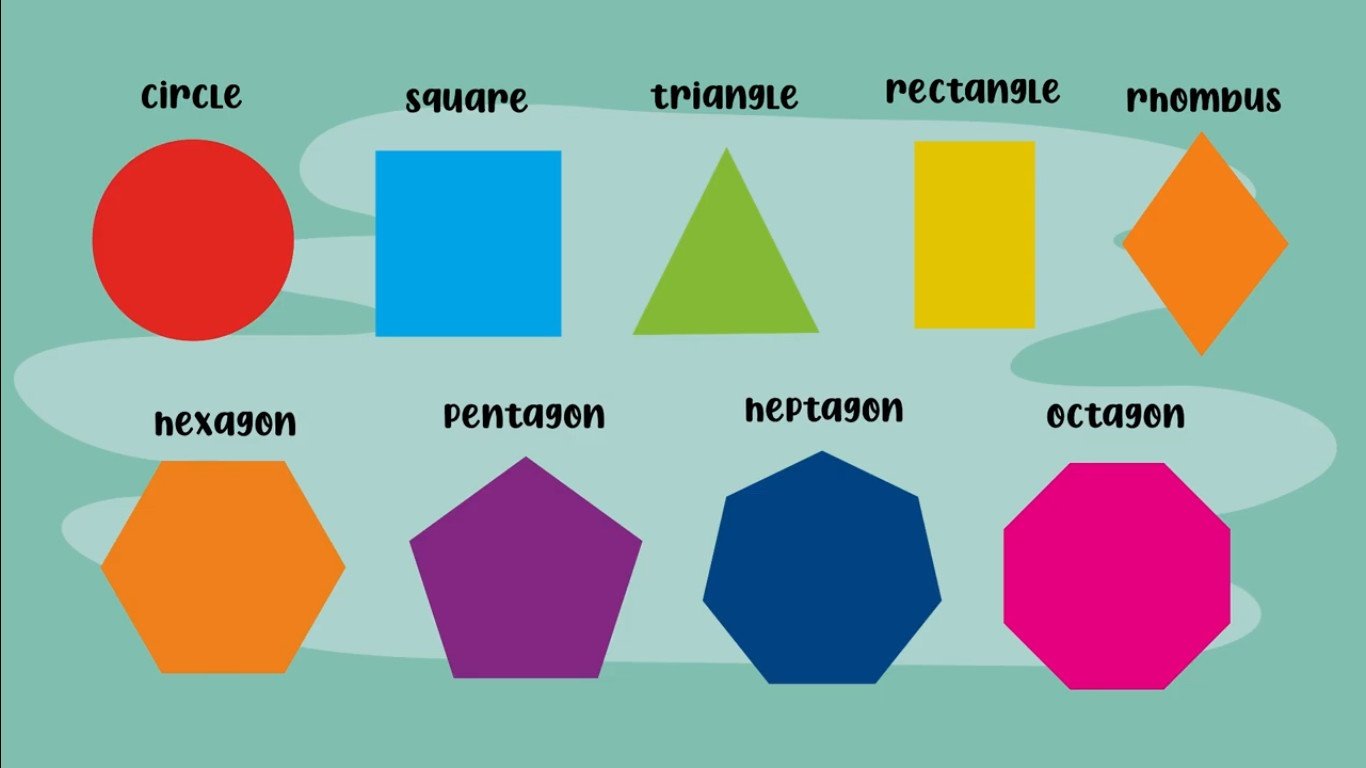
South African artist Gordon Froud loves combining art and mathematics. He is fascinated by geometry and uses a lot of geometric shapes in his art.

Froud believes that geometry is wildly held to be the universal plan by which all material existence is described.

Organic shapes are also known as biomorphic shapes. They are found in nature.

These shapes may look like leaves, flowers, clouds, things that grow flow and move.
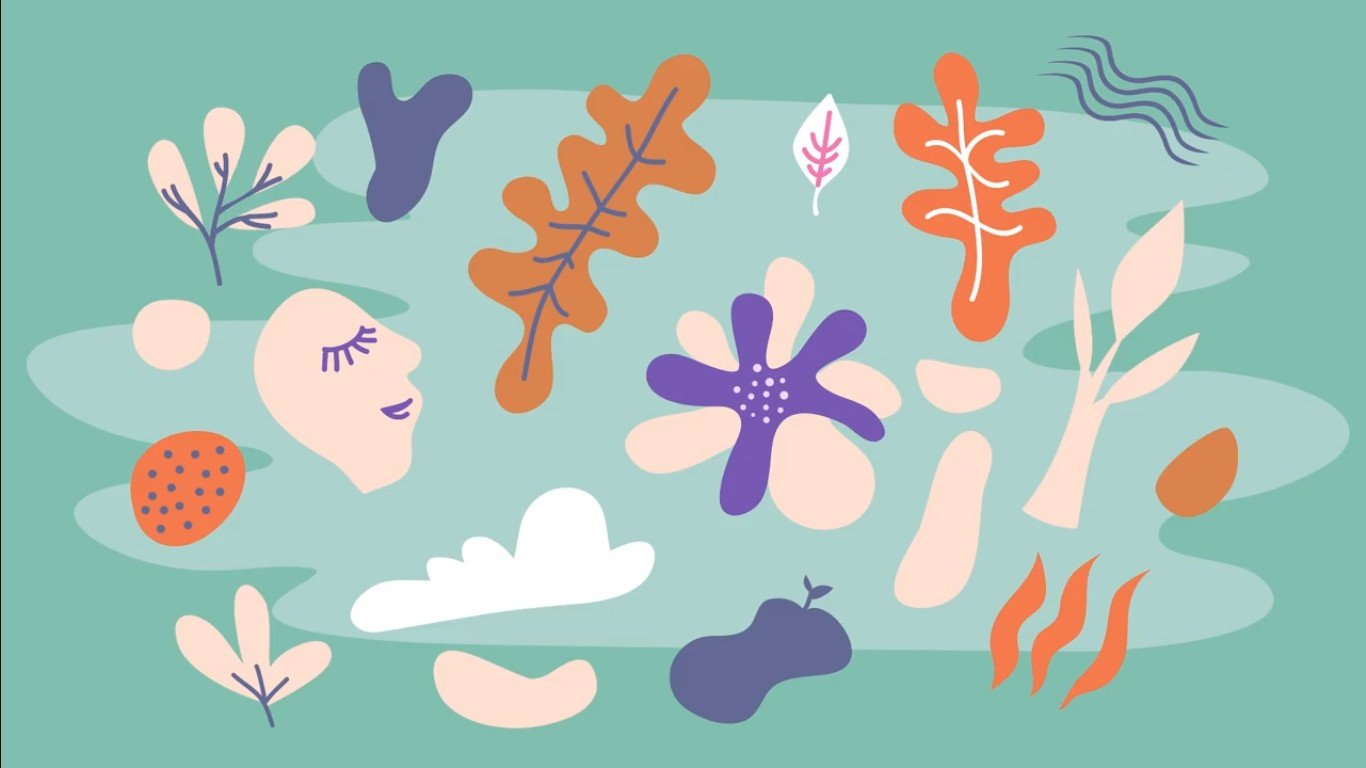
The term biomorphic means life shape, bio meaning life and morph meaning shape.
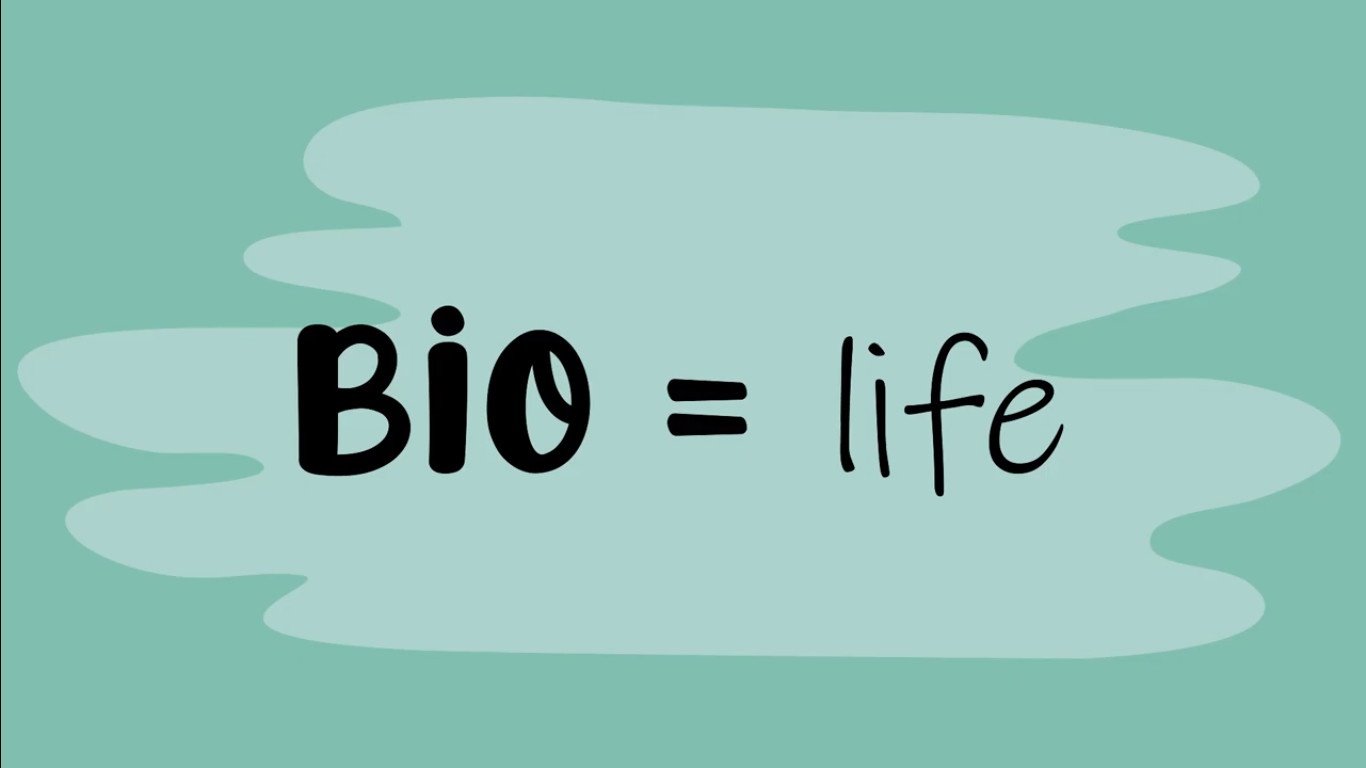
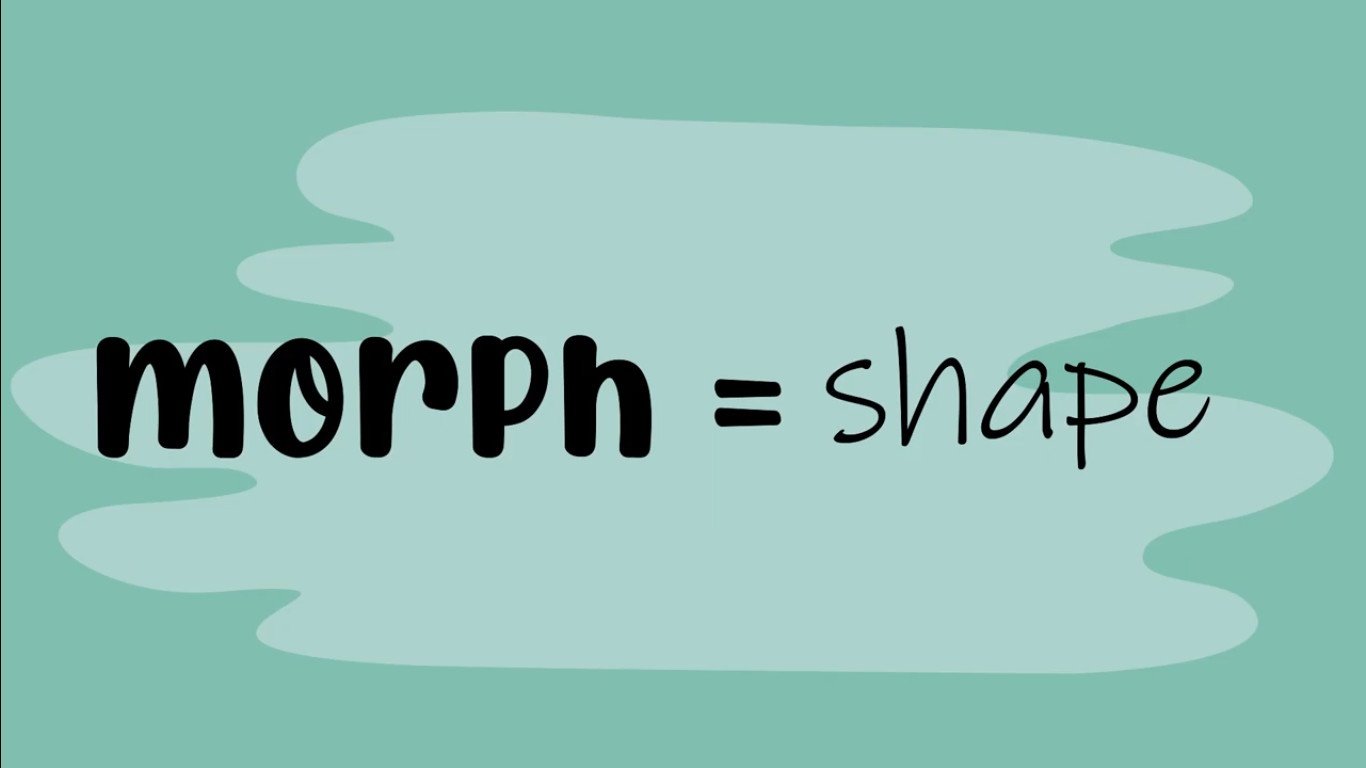
Shapes are often rounded, irregular, free forms and often one of a kind.
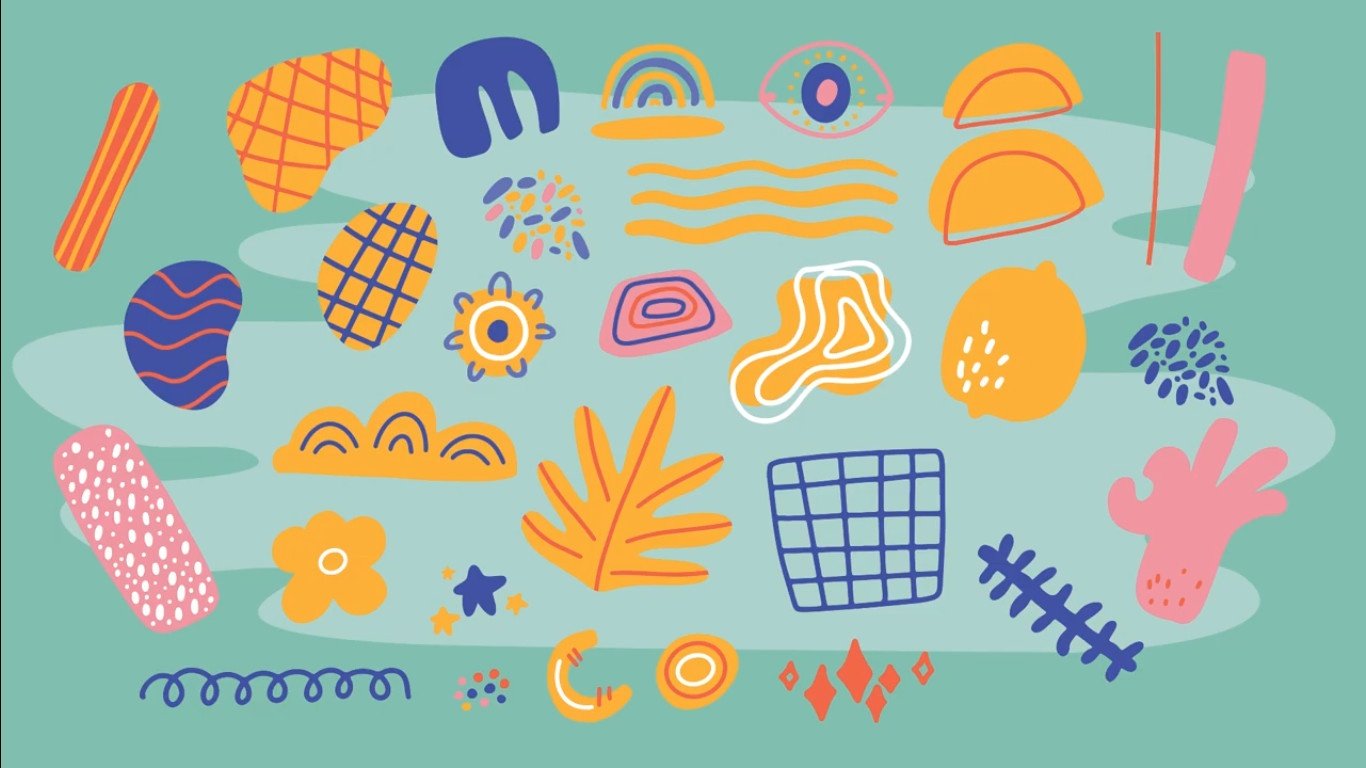
They seem to follow no rules. Organic shapes generally do not have a name associated with them.
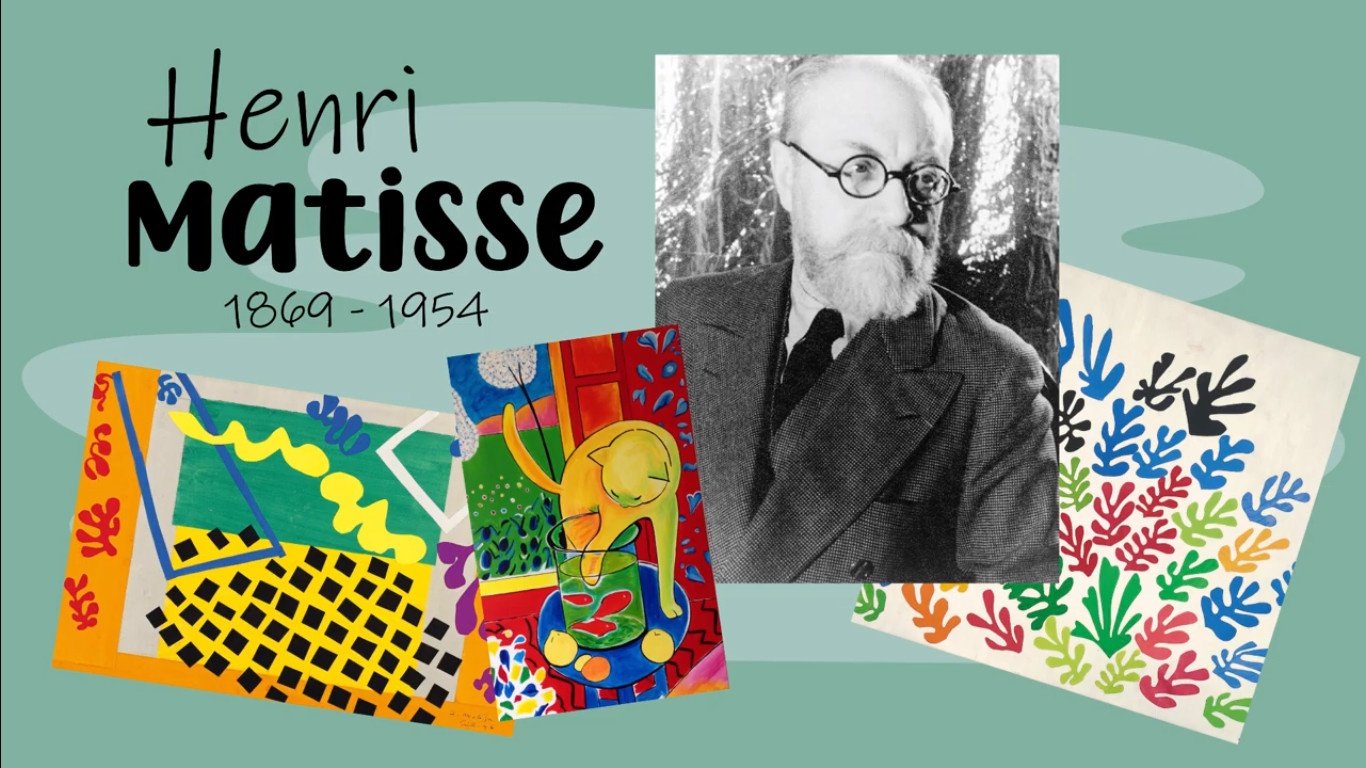
A great example of organic shapes used in famous artworks is Henri Matisse’s paper cut-out series.
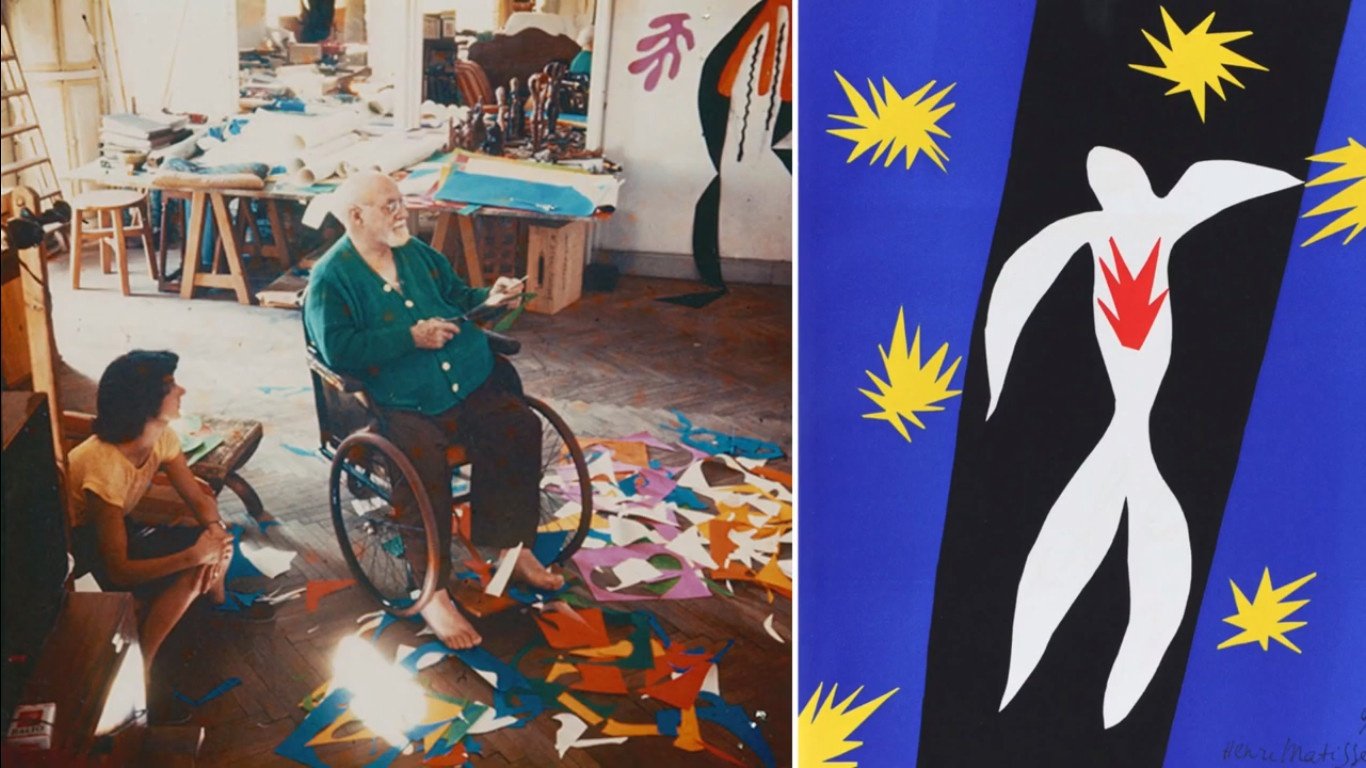
In the last decade of Matisse’s life, he was diagnosed with abdominal cancer and after surgery, Matisse was confined to a wheelchair, and later bed-bound.
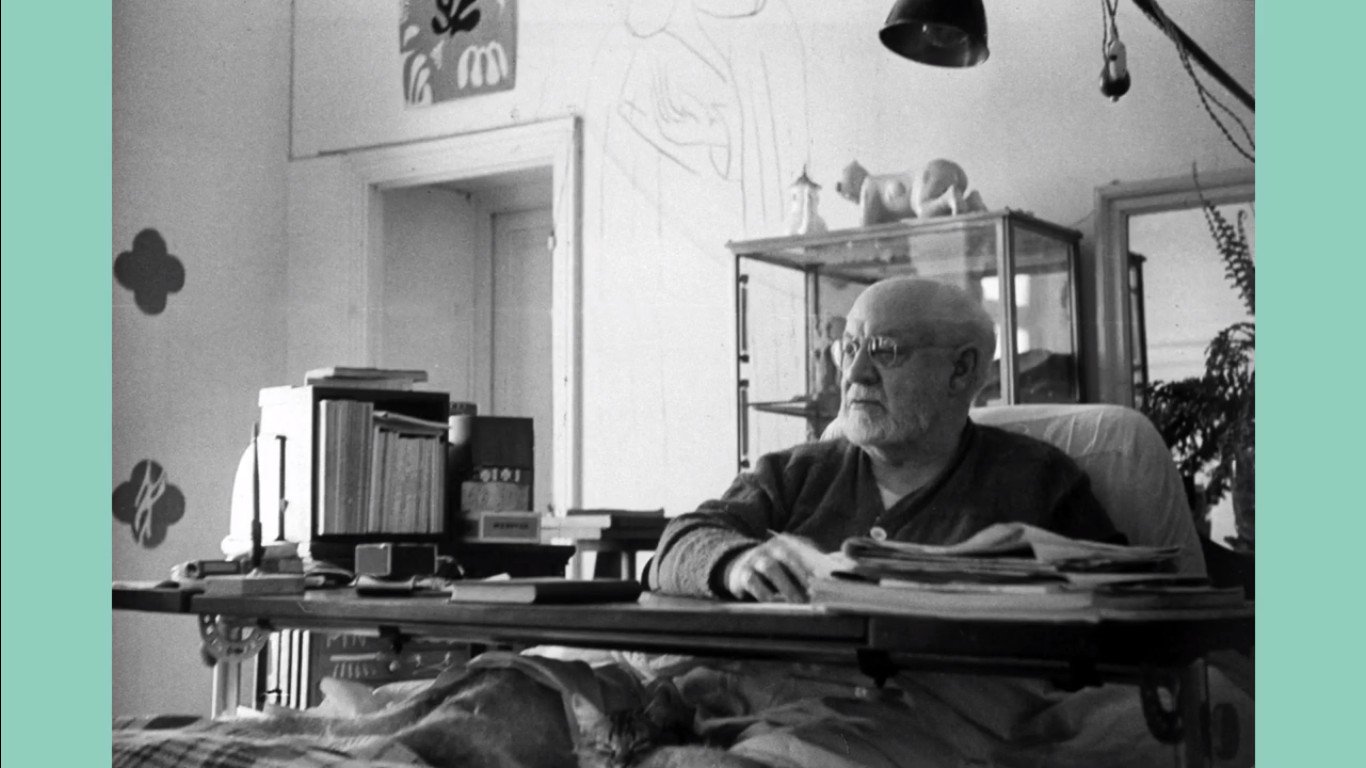
Creating sculptures and paintings became increasingly more difficult, but he simply refused to give up on his art and stopped creating. When he could no longer paint he started cutting paper into shapes, various colors and sizes and arranged them to form lively compositions.
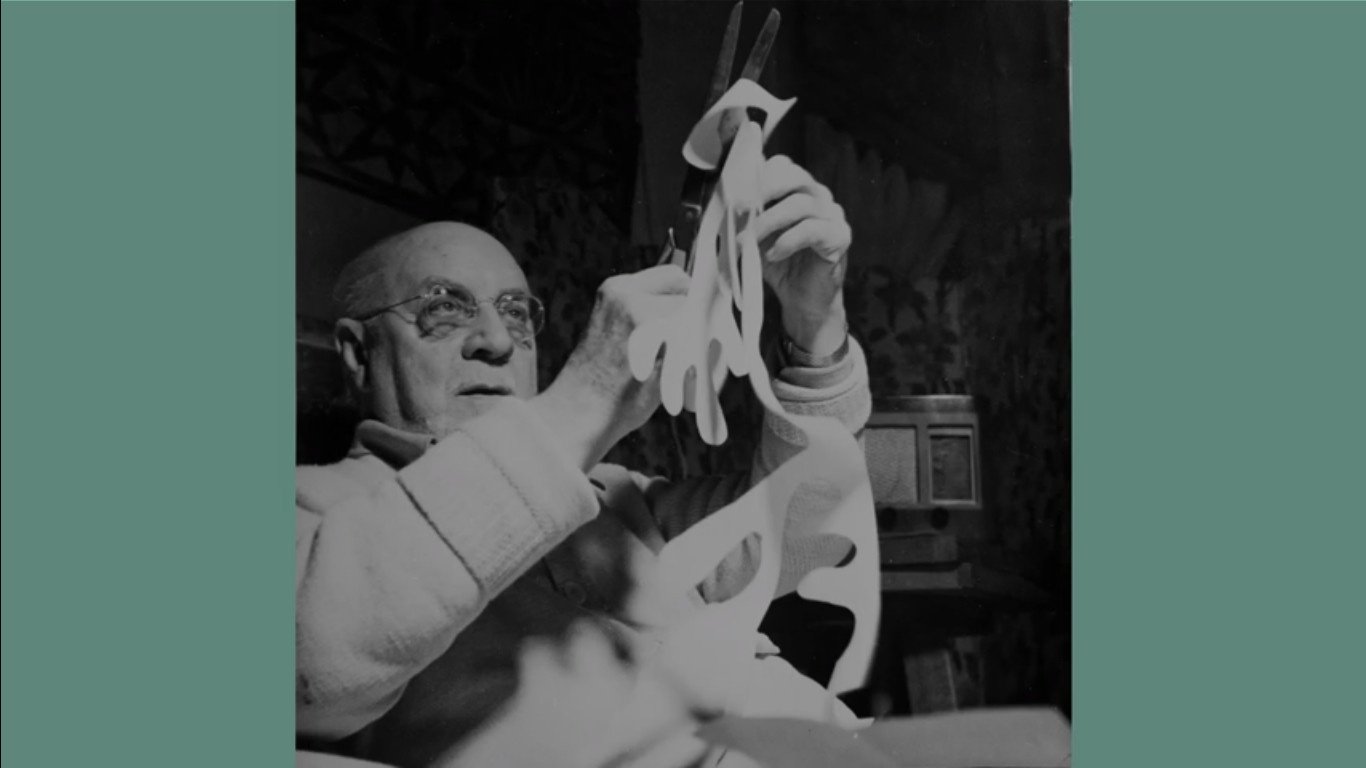
He hired an assistant to help him pin the papers to the walls, creating massive artworks.

Nothing stopped Matisse’s love for art.
Static shapes and Dynamic shapes:
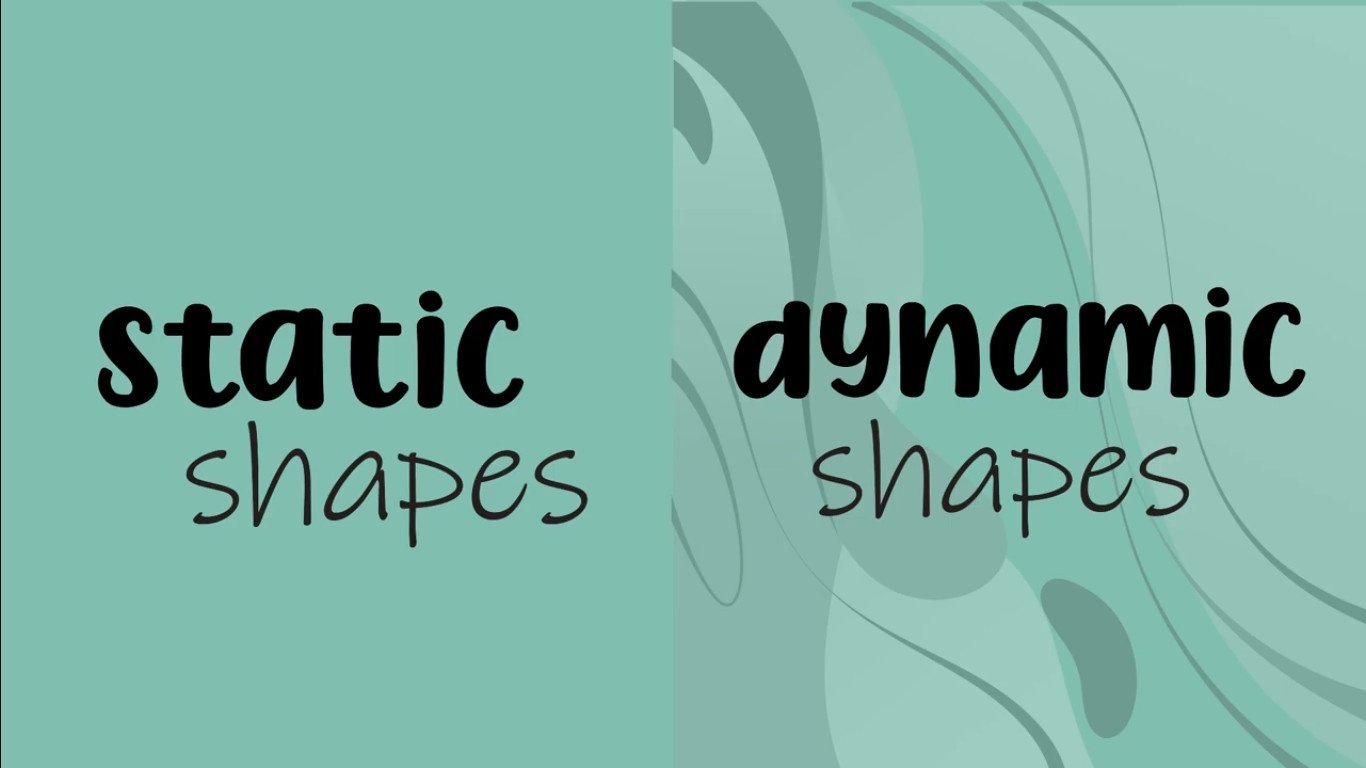
Static shapes are dormant, like they are resting.

Dynamic shapes have energy, they appear to be moving, they feel like they are flowing with a slow rhythm or even at breakneck speed.

Let me show you an artist that uses dynamic shapes in his artwork.
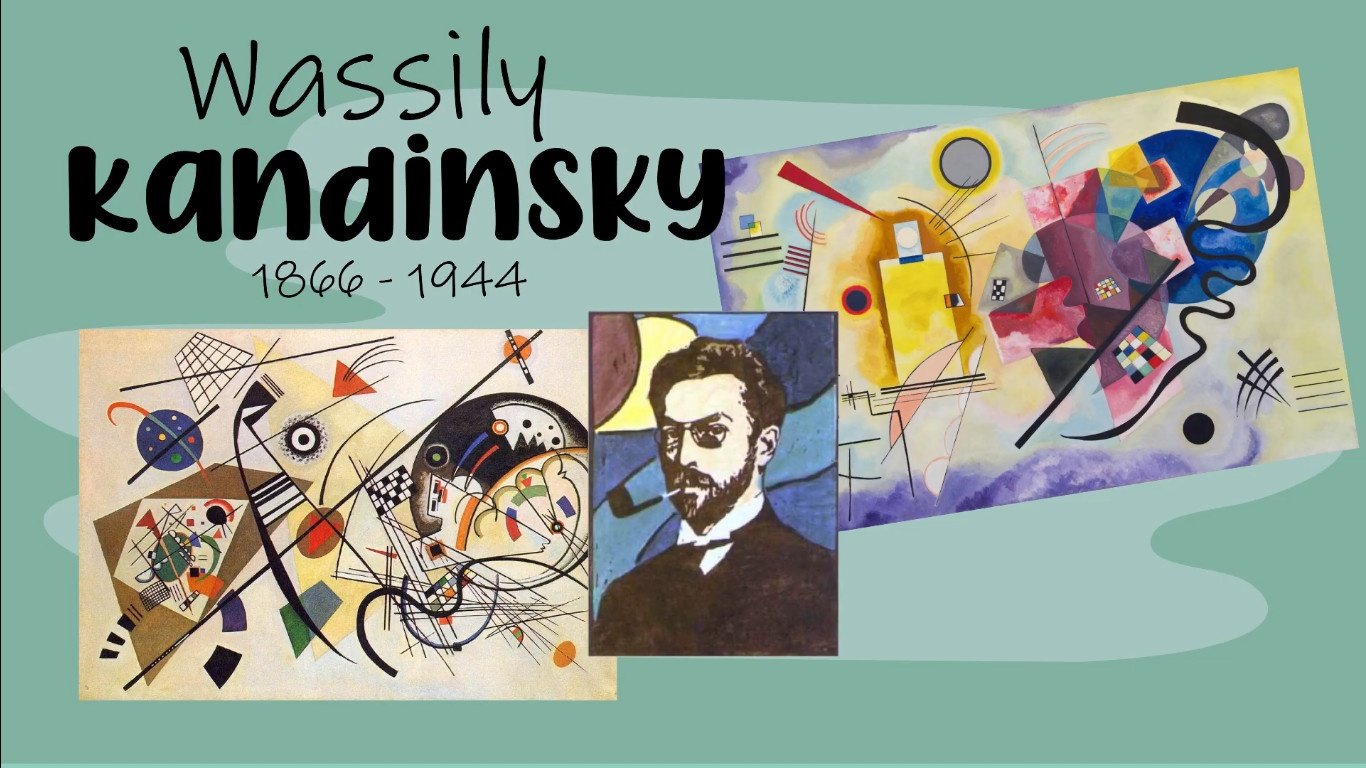
Russian artist Wassily Kandinsky is known for combining music and art. He created abstract paintings based on hearing particular pieces of music. Kandinsky theorized for example that yellow is the color of middle , and black is the sound of a trumpet.
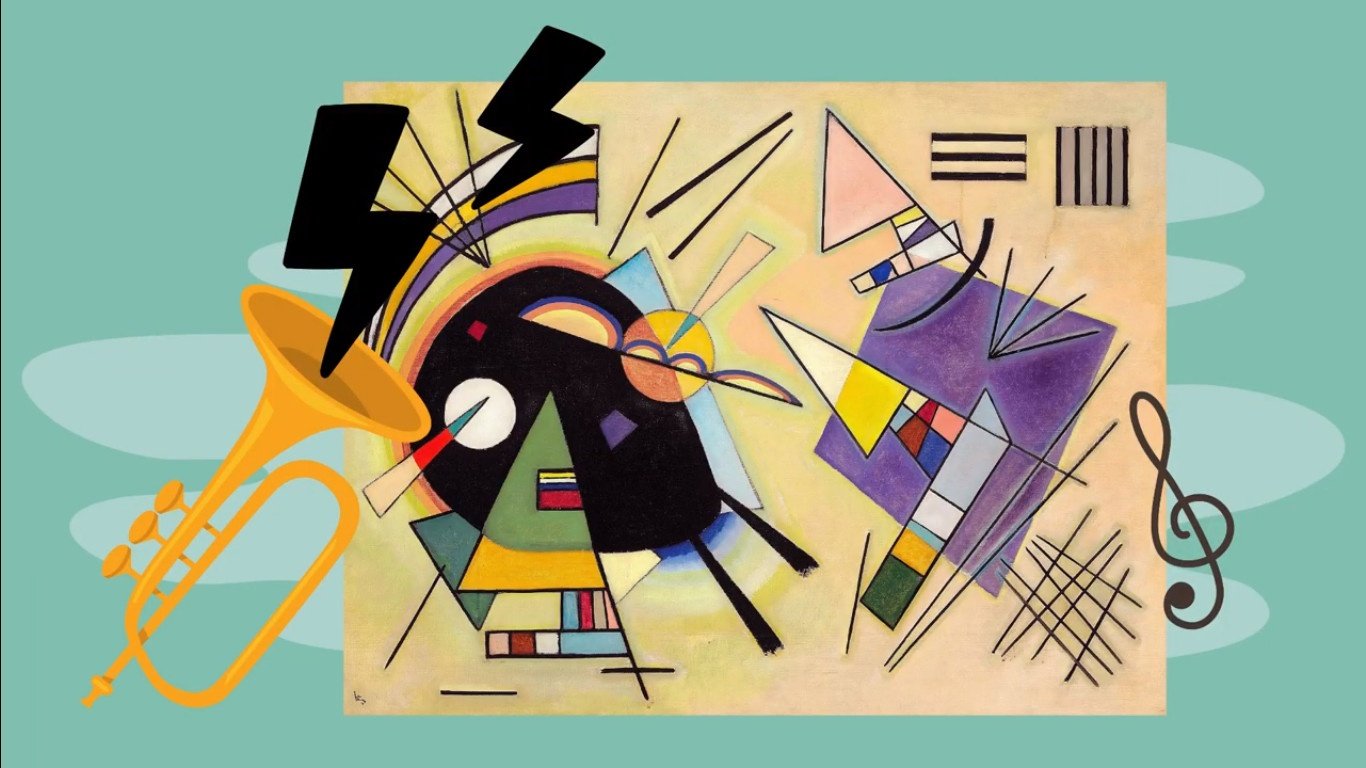

His artwork’s use of shape feels dynamic, as if it’s moving with the rhythm and the beat.

Another great example of art using dynamic shapes, is in the art movement known as Futurism.
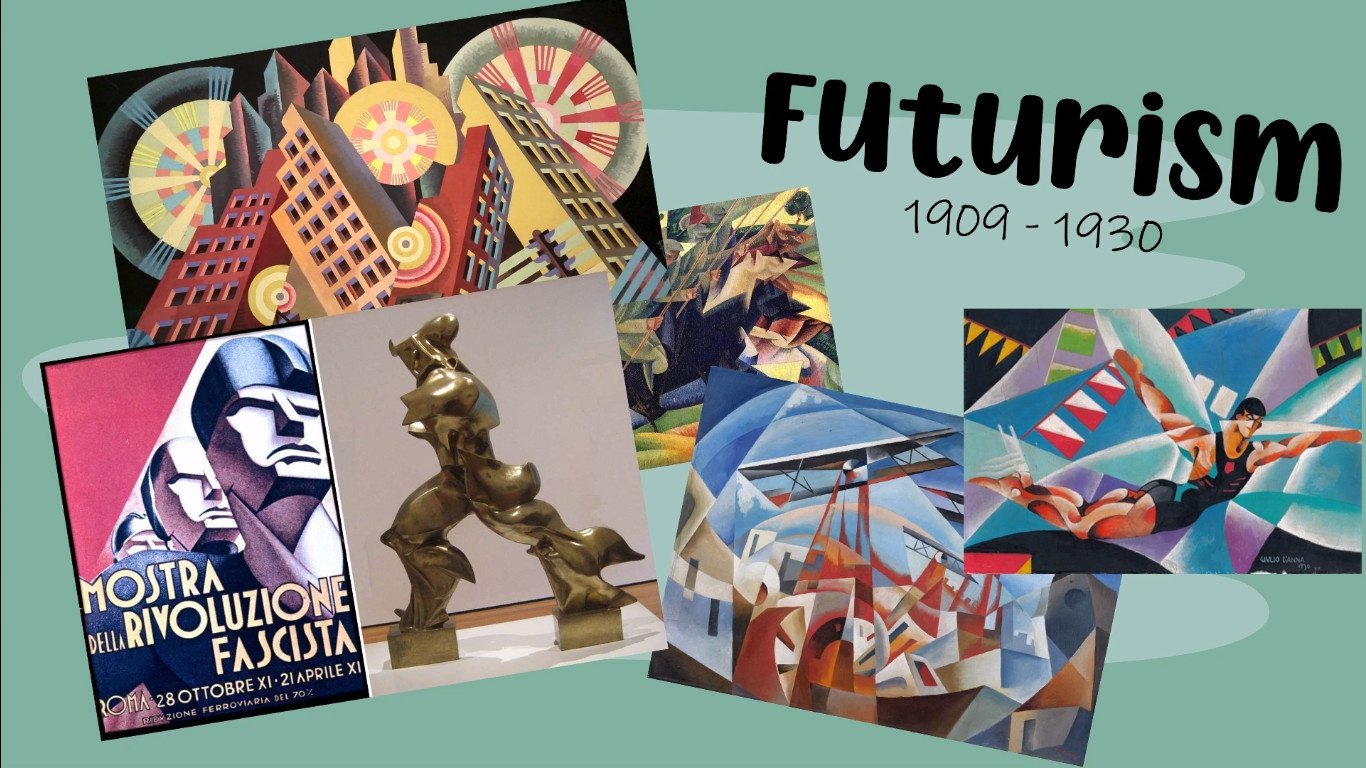
Futurism is an Italian art movement that started in the early 20th century, while the Impressionists shunned the industrial revolution, Futurists embraced it. They celebrated modernity and aimed to liberate Italy from its past.
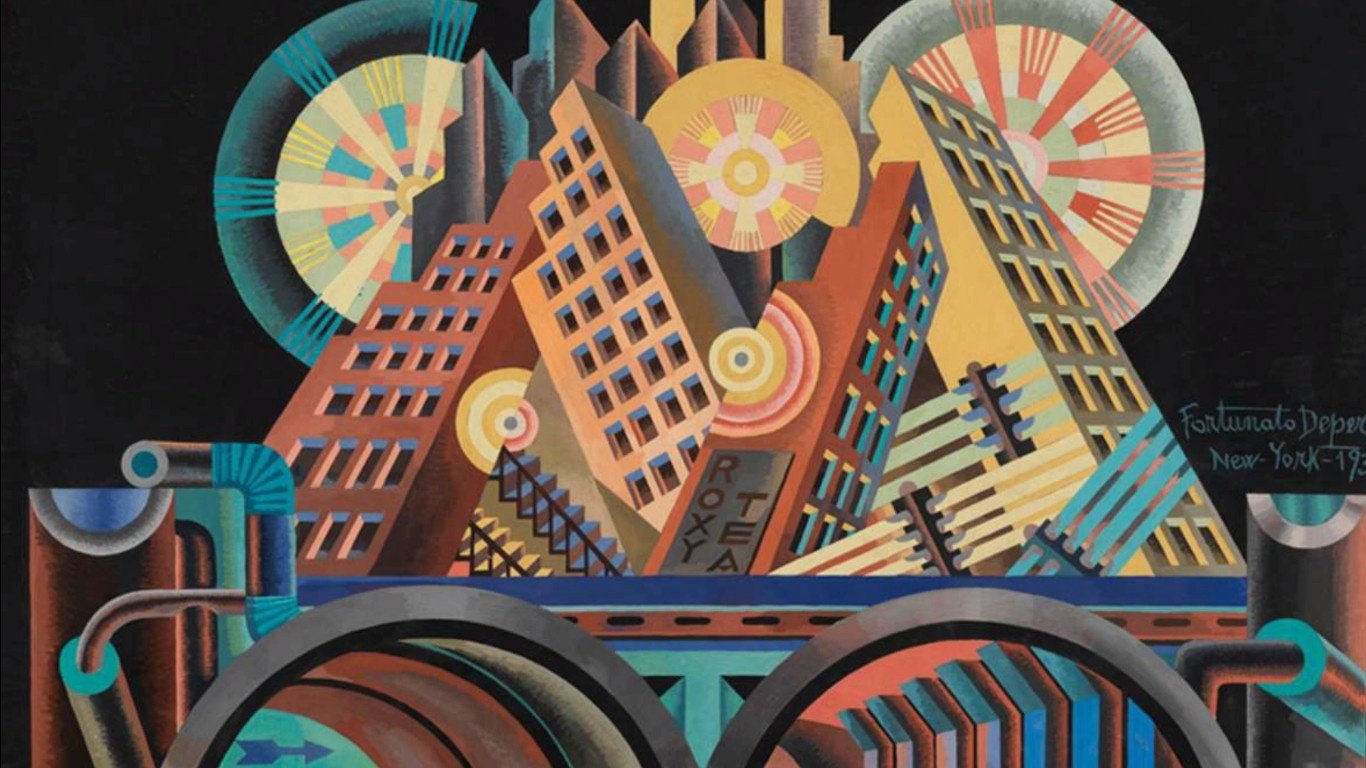
The artworks emphasized speed, technology, youth, violence and objects such as cars, airplanes and industrial cities.


As artists, we need to learn how to see the world around us using basic shapes. We can simplify everything into these five basic shapes, learn how to draw these five shapes and you can draw anything.
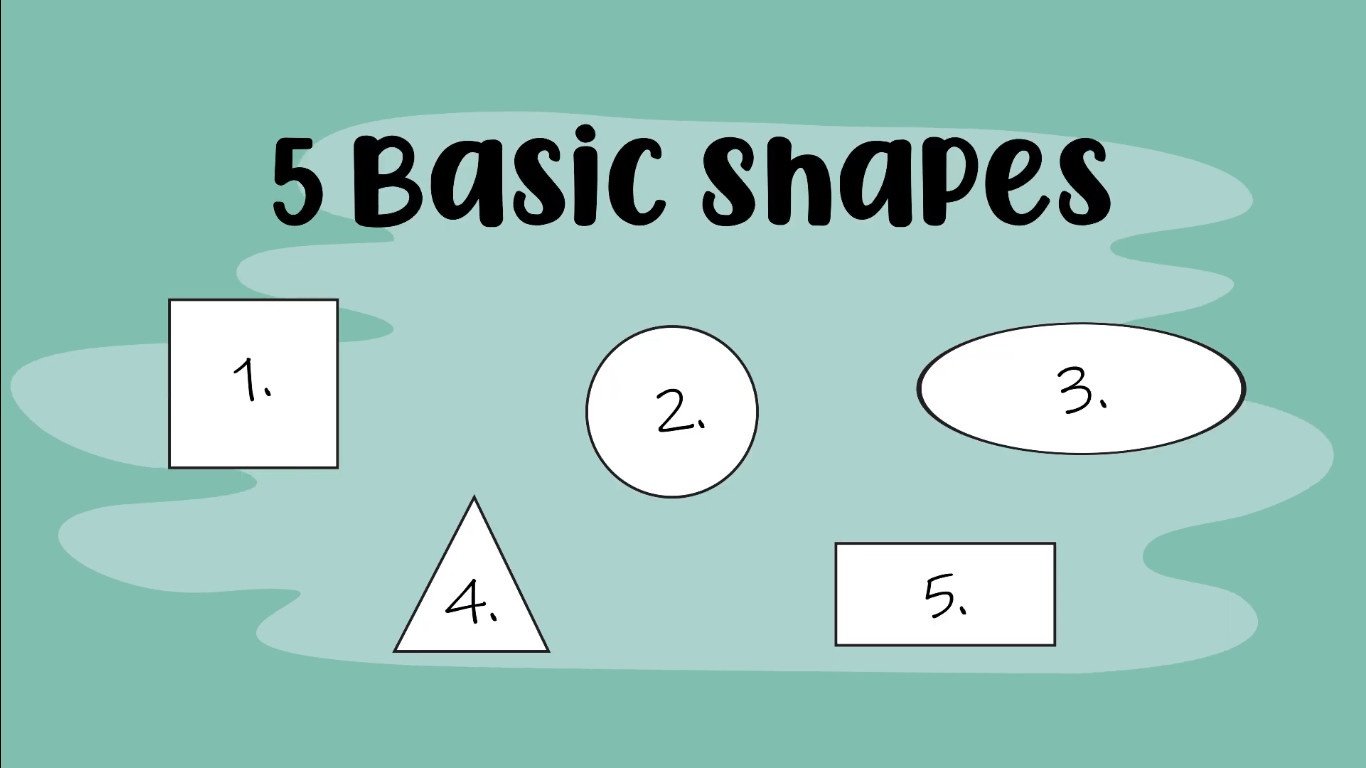
This approach to drawing removes all anxiety because you will never draw a wine glass,
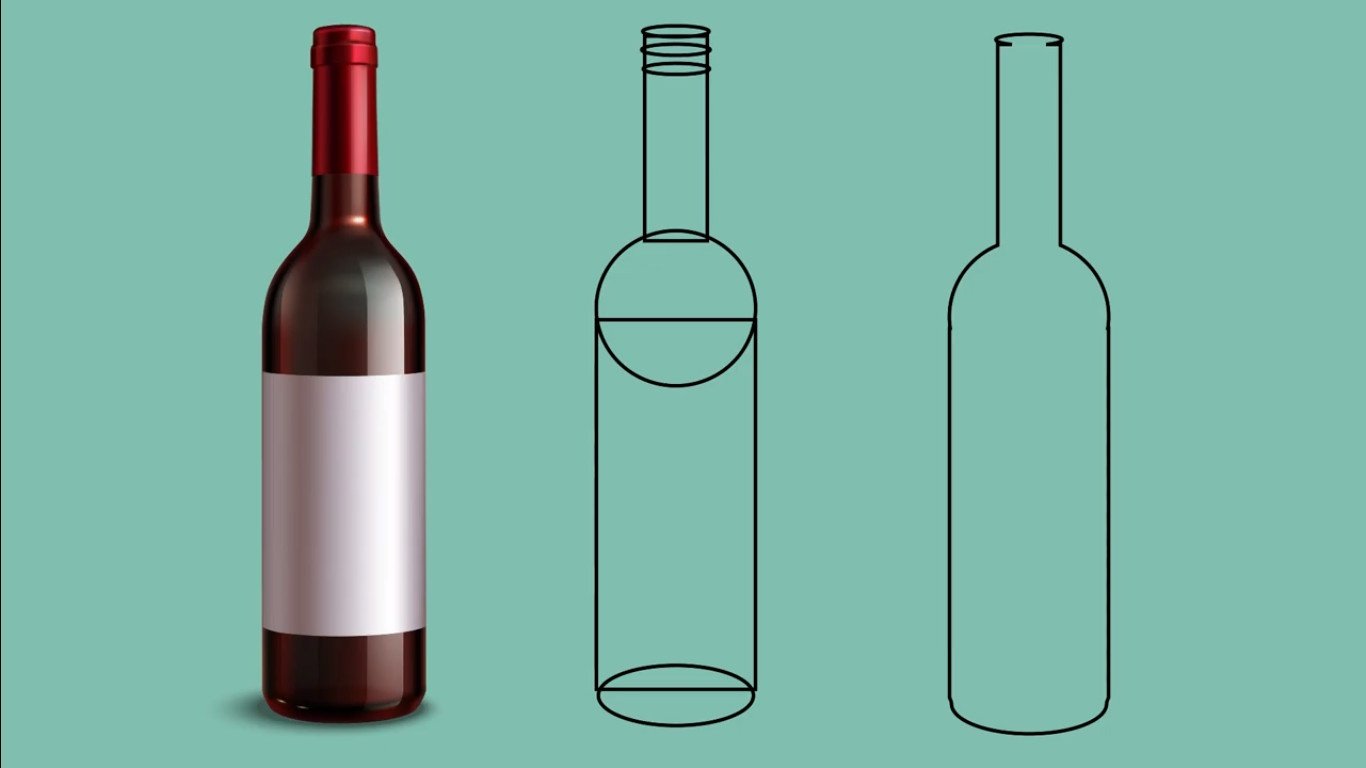
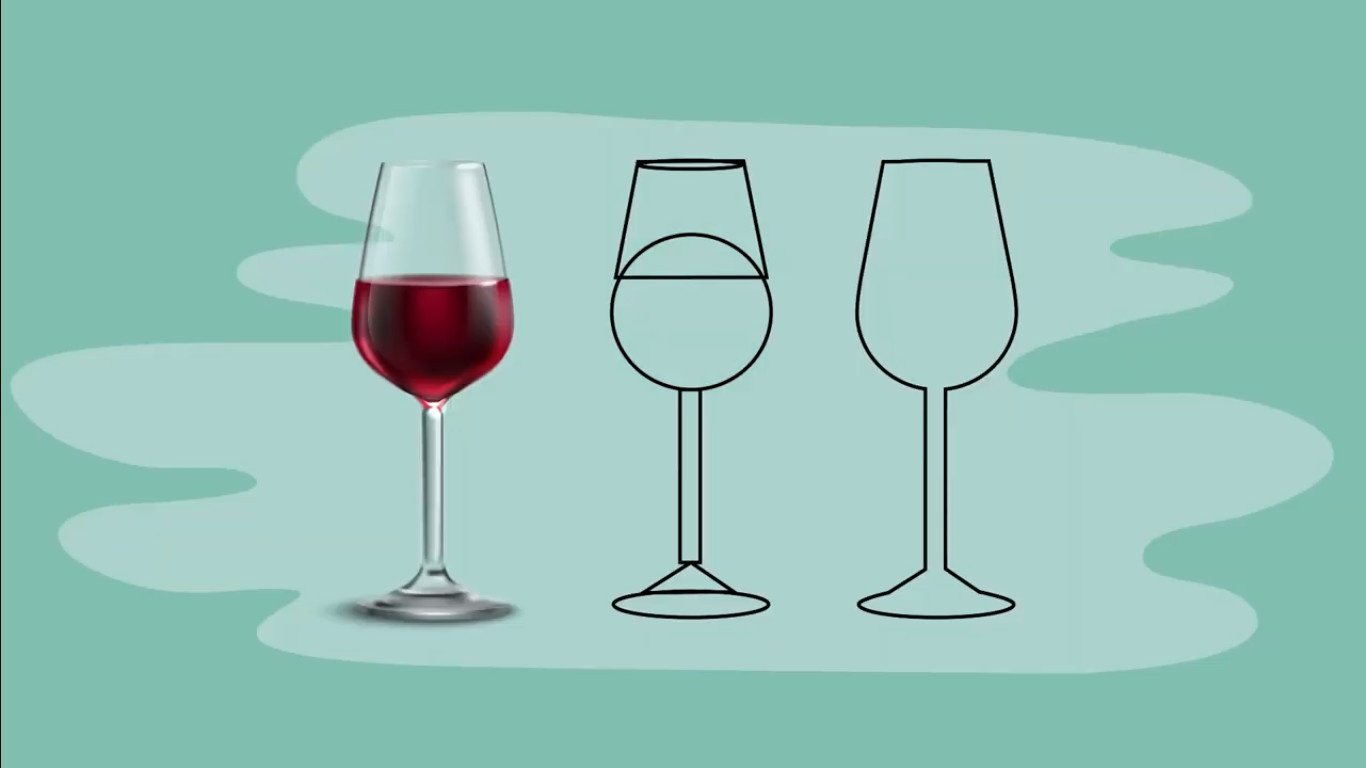
A horse
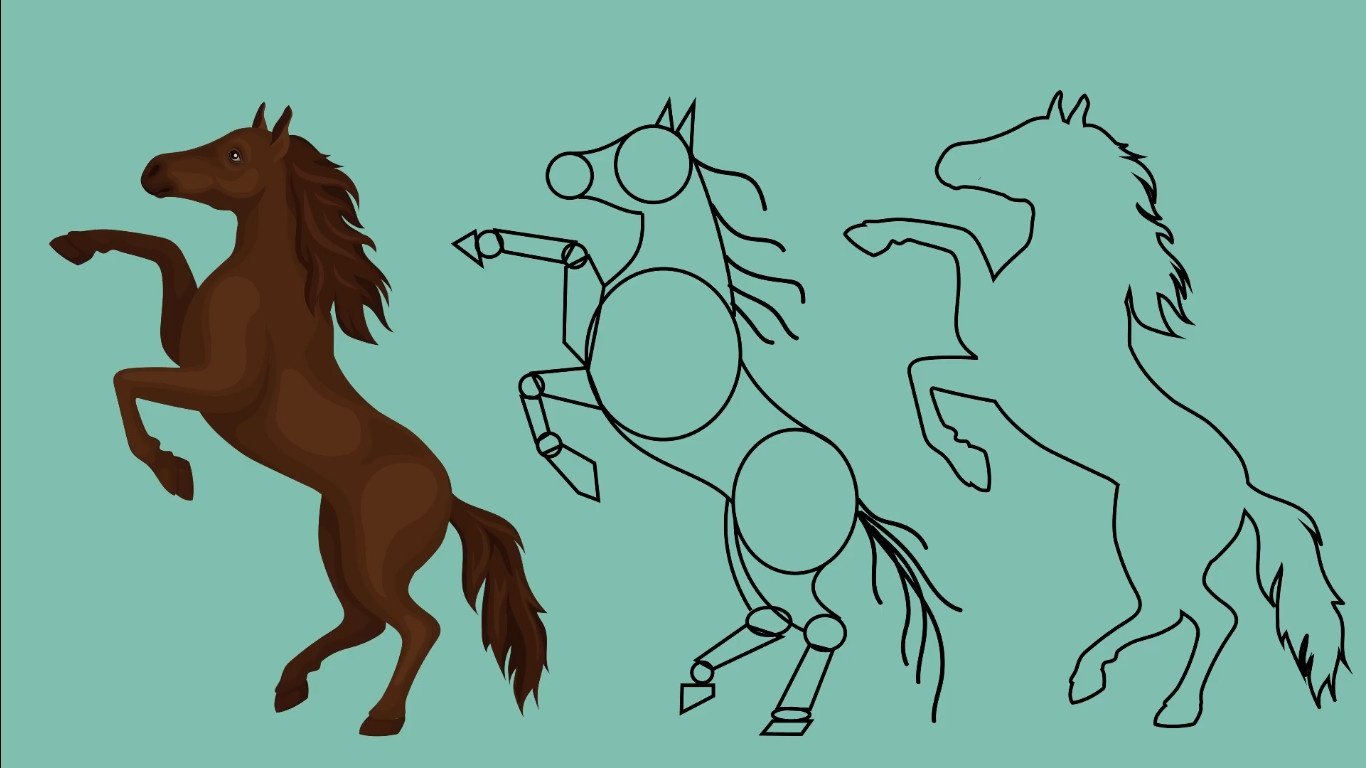
or a hand again.
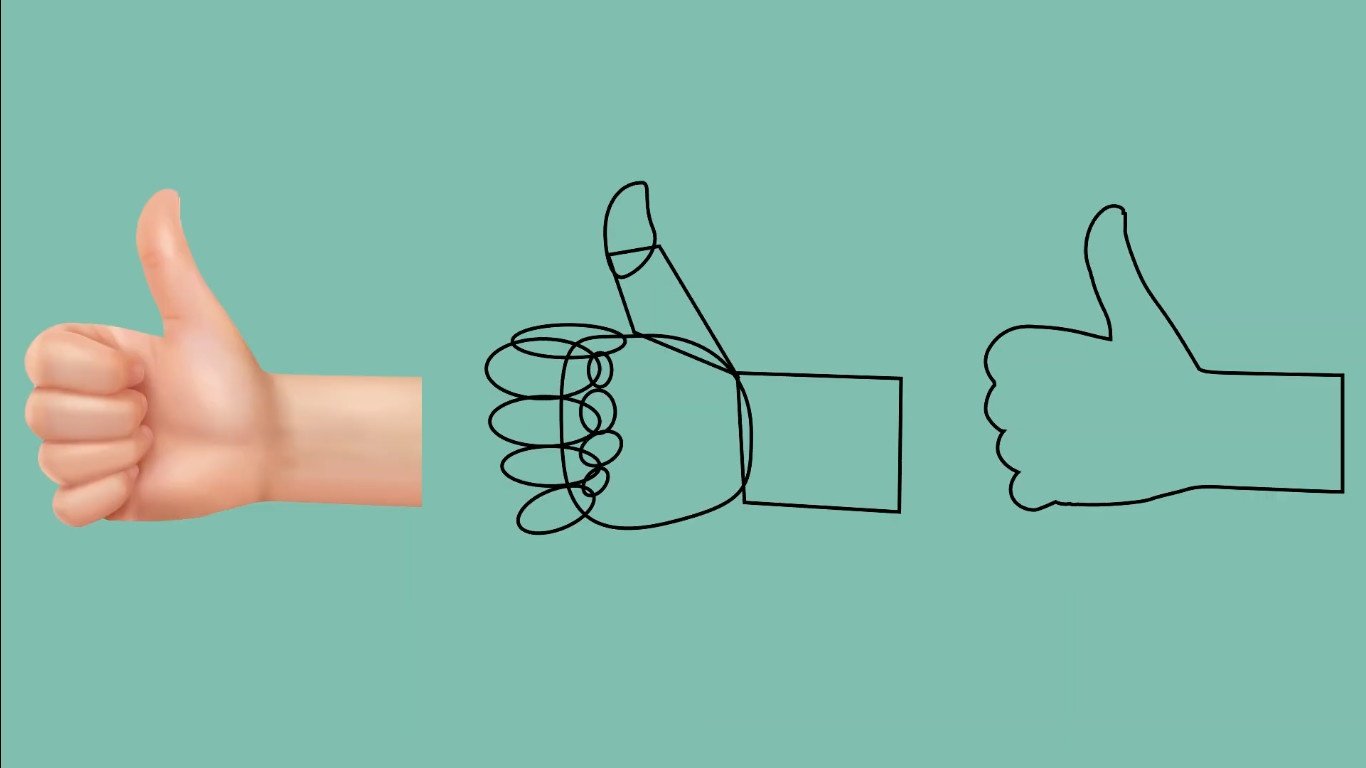
With only these five shapes all complicated objects can become easy to draw when we isolate them into basic geometric or organic shapes.
I’d like to show you a famous artist that loved to simplify things into basic shapes.
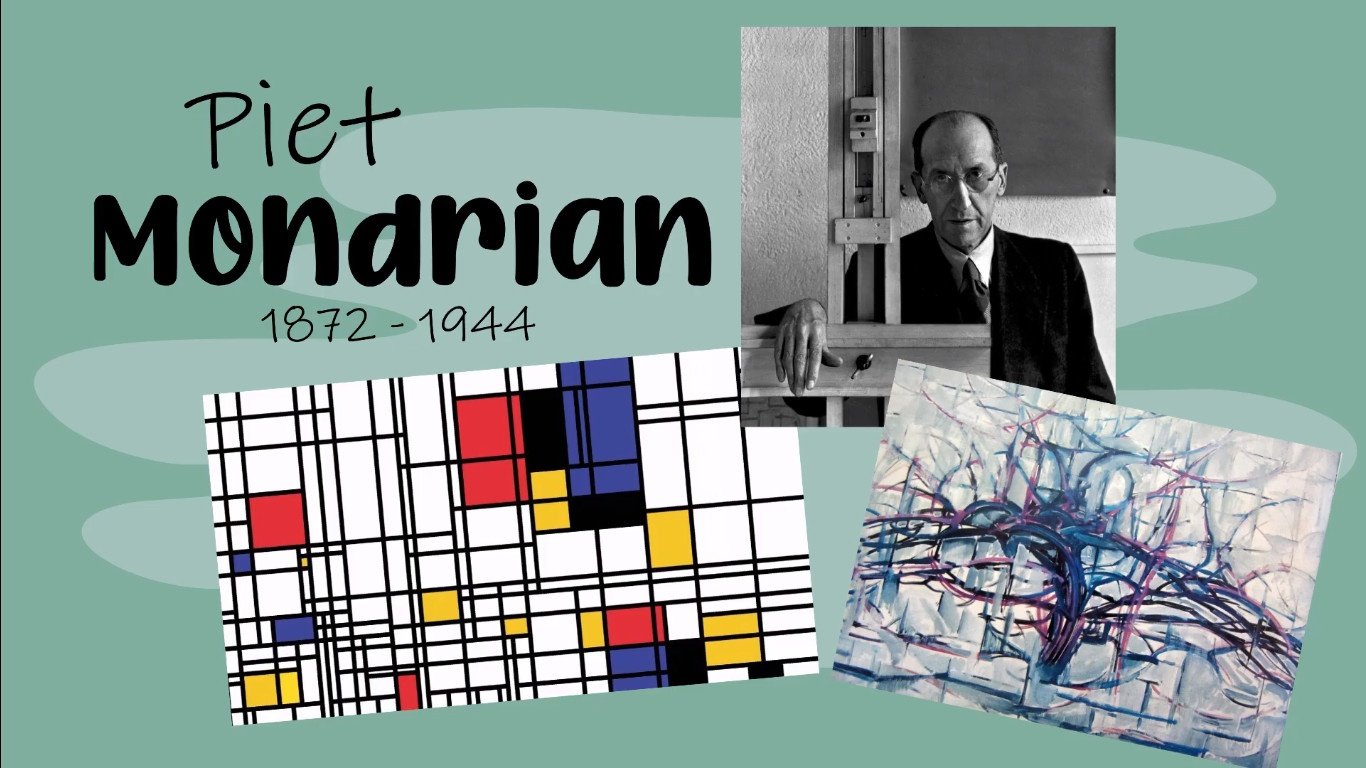
Artist Piet Mondrian simplified everything around him into primary colors and primary shapes.
Here you can see how he simplified a tree into geometric shapes.

This was a process he developed throughout his career until it led him to abstraction. Now that you know how he simplified a tree step by step, what do you think is simplified in this painting?
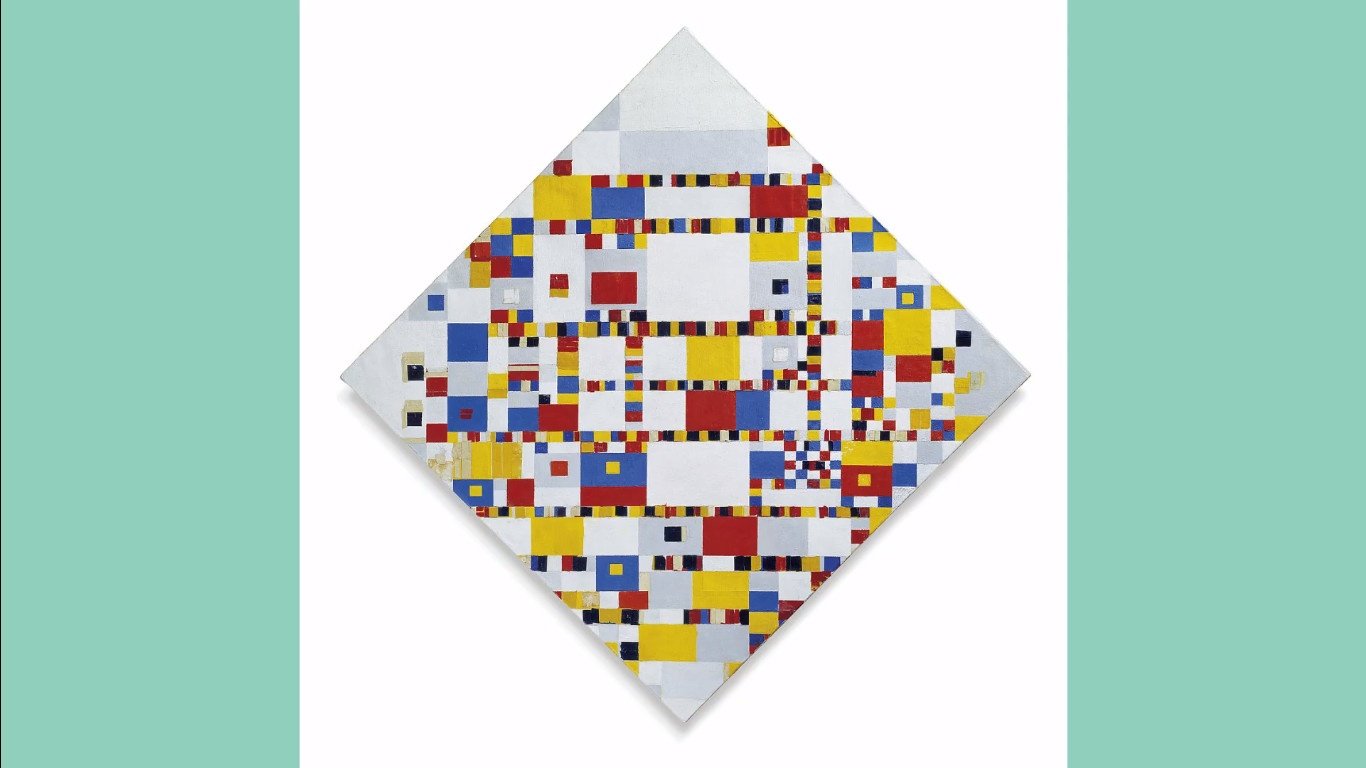
Can you guess what it is? It’s the busy streets of New York, the hustle and the bustle, the lights of Broadway. How far can you simplify things?
Let me show you a famous artist that mainly only uses a circle. The artist I’m referring to is Yayoi Kusama.

She is absolutely dotty about dots. Sometimes she is called “the Princess of polka dots”.
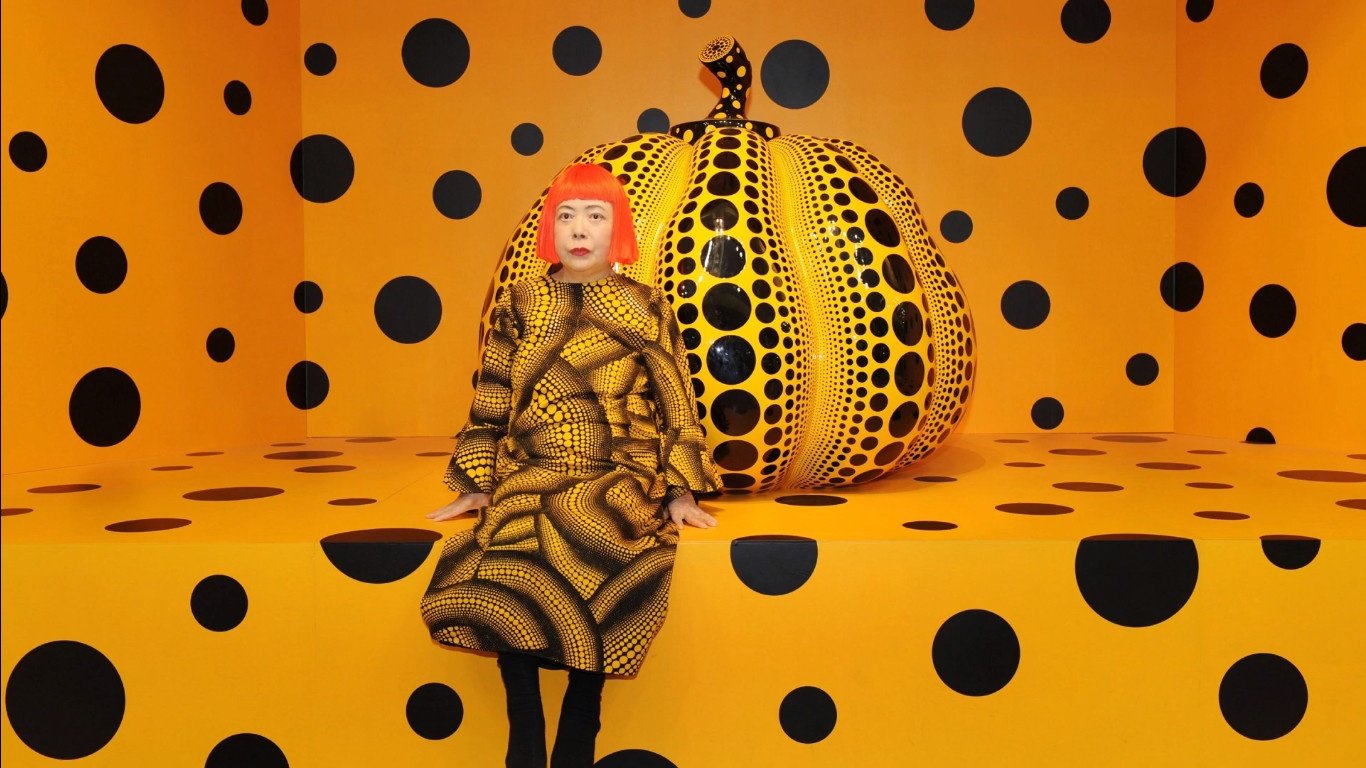
She makes all kinds of art such as sculpture.
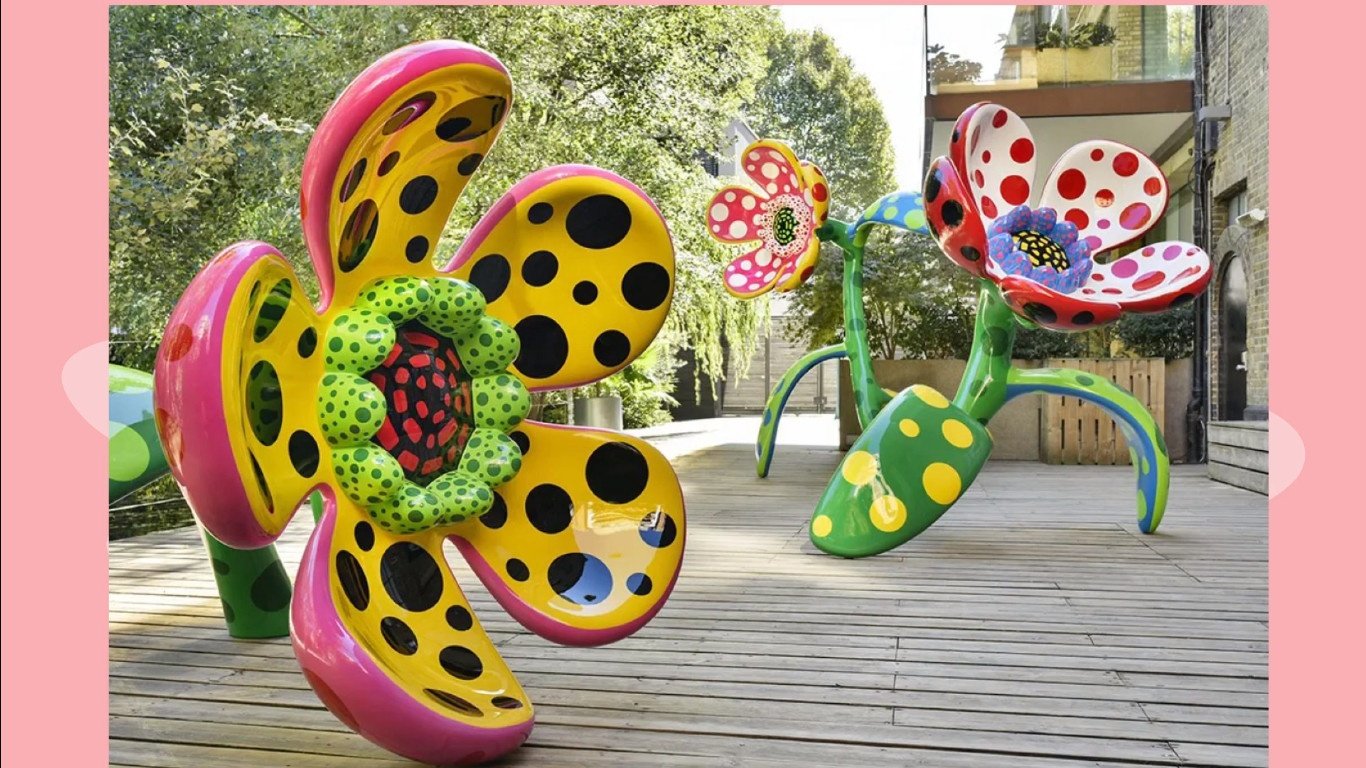
paintings, installations,
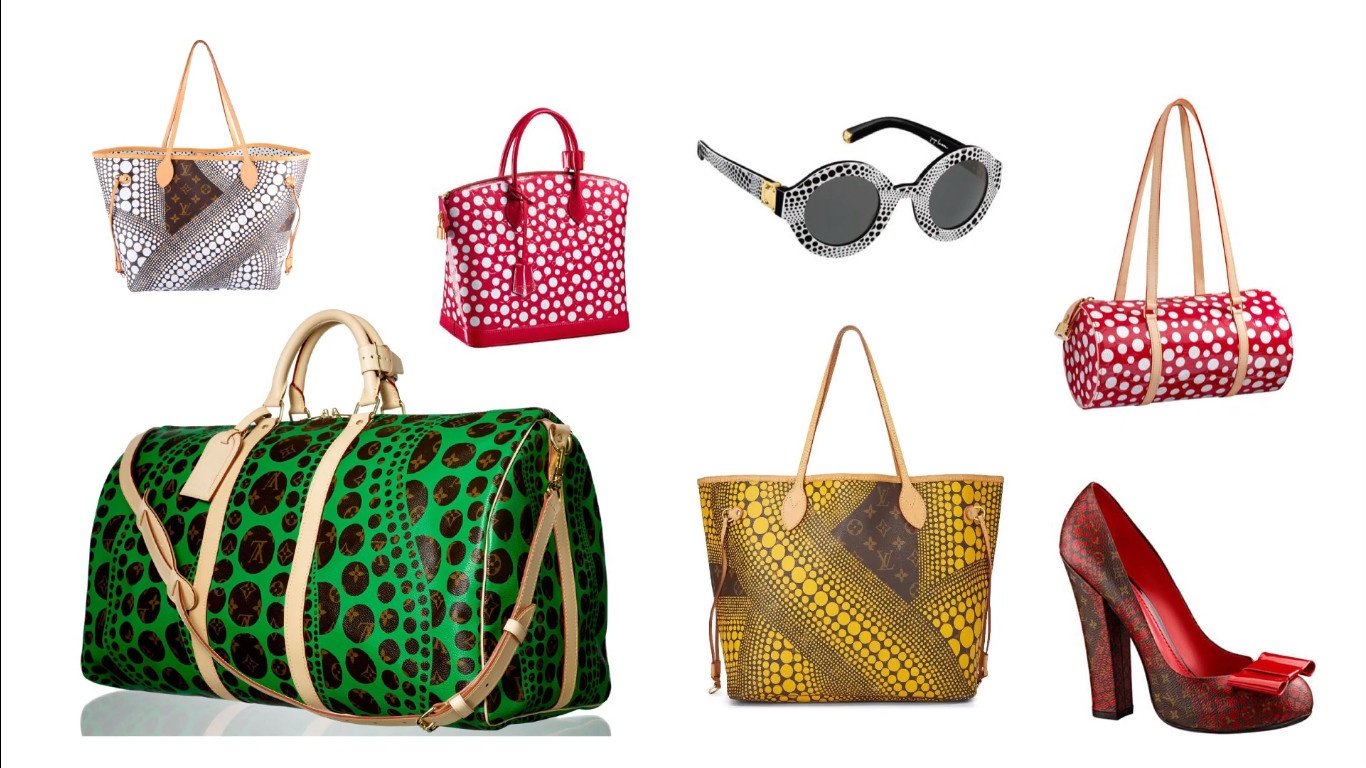
clothing designs and even performances, and they are all covered in dots. It’s amazing to think that one primary shape such as a circle or a dot can have such a massive visual impact.
Let’s move on to the perspective of shapes, the angles and the curves of shapes.
Shapes appear to change depending on our viewpoint. The technique we use to describe this change is called perspective drawing.

As an artist you need to be aware of how shapes change when we change our perspective. We know that a coke can is a sphere made of a circle,
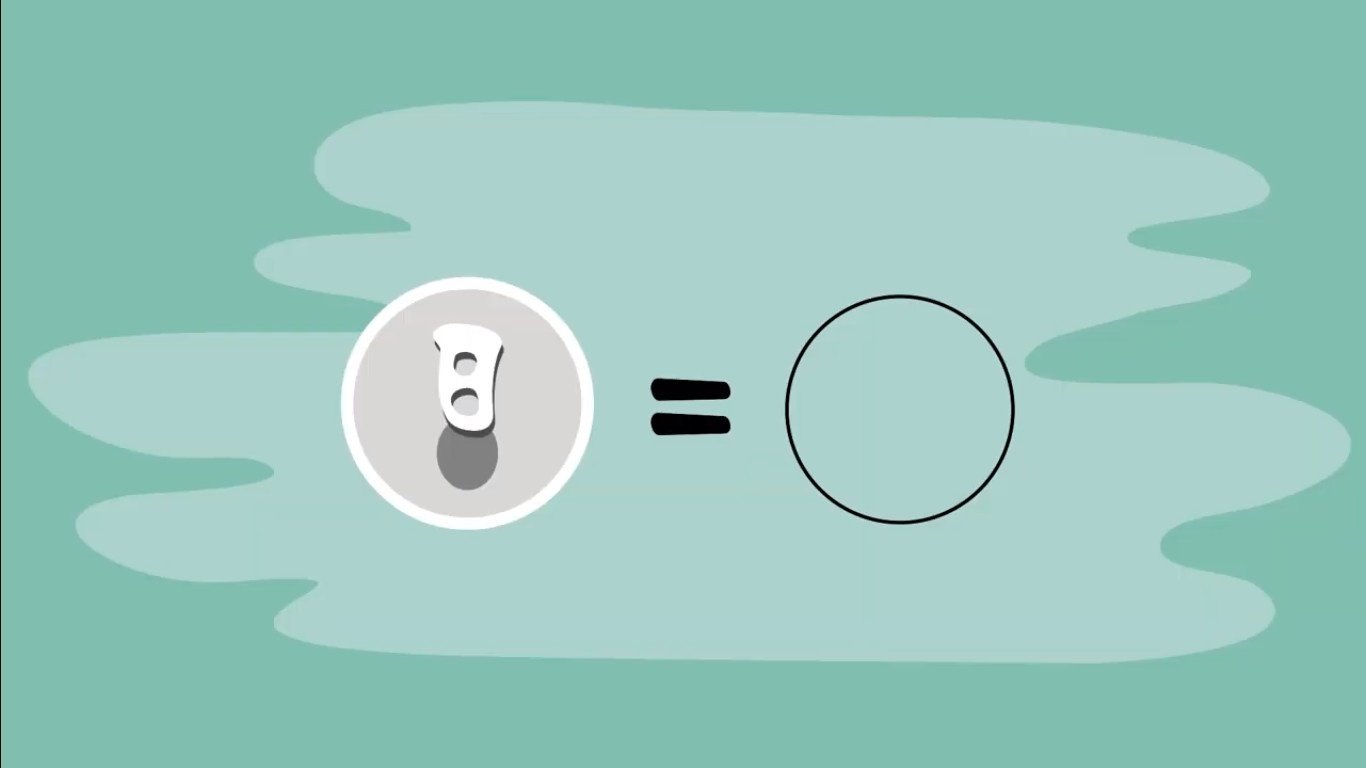
but when we view it at an angle, the shape becomes an oval.
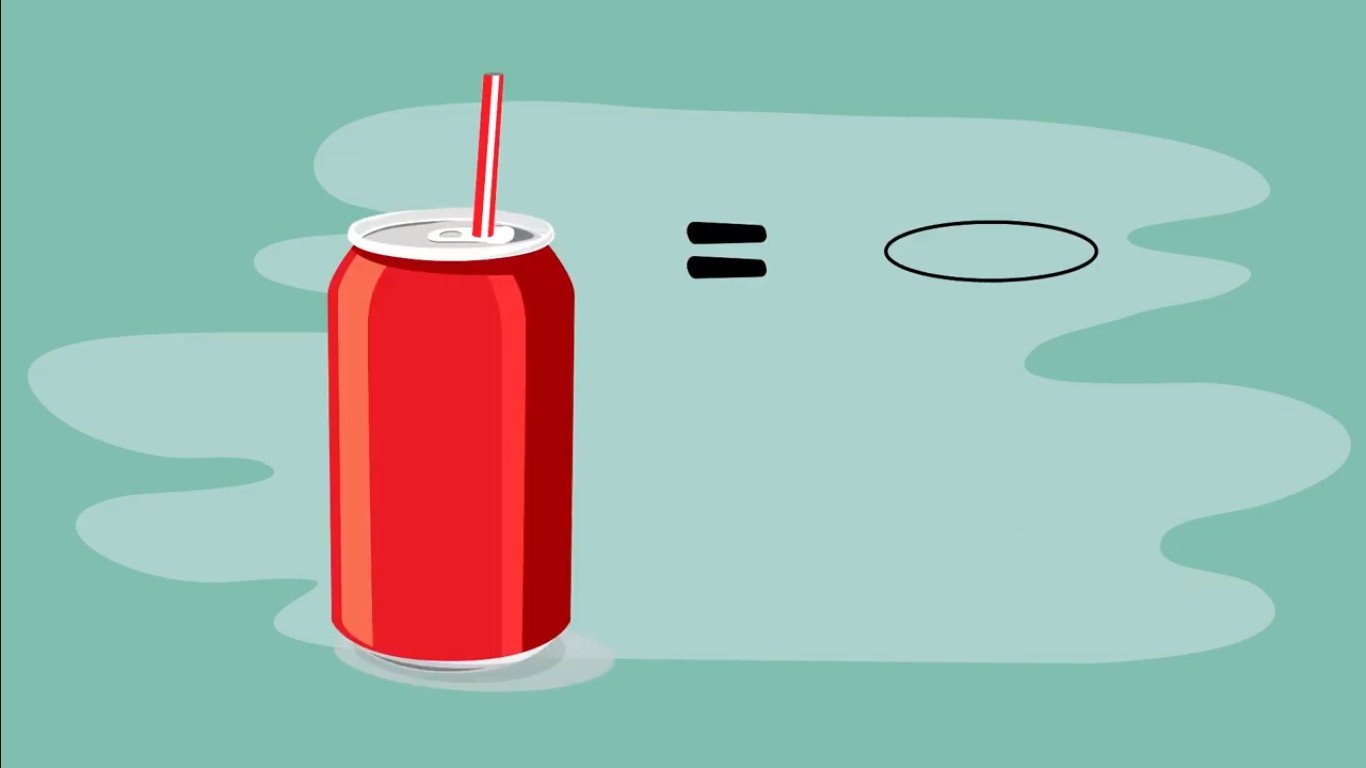
The language of shapes: What on earth is shape language?
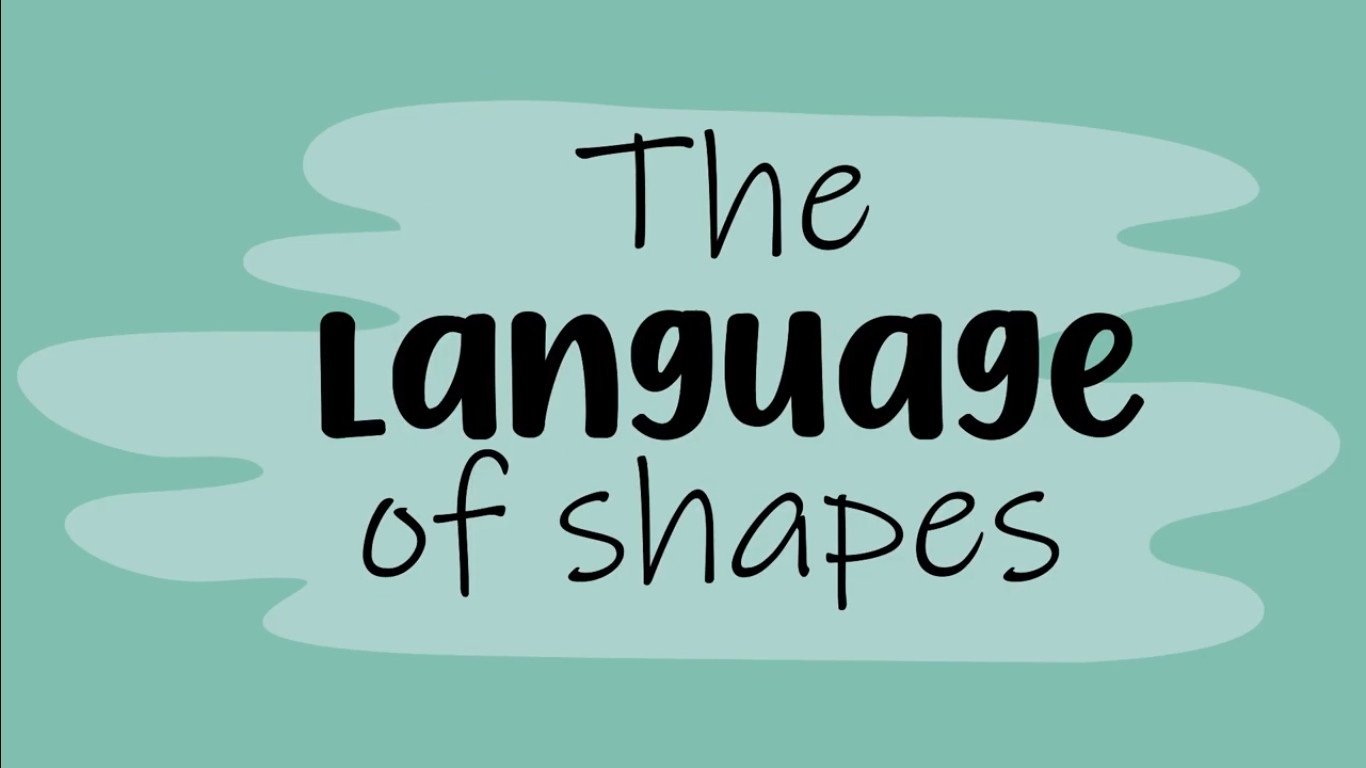
Well, put in a simple way, shape language is using shapes to communicate specific meanings.

You see shapes provoke different emotions and reactions within us as humans. It makes us feel certain things.

The three most important ones are the square representing strength, physicality and masculinity,

the circle representing positivity, femininity and continuous movement,

the triangle representing sharpness, danger and possible harm.
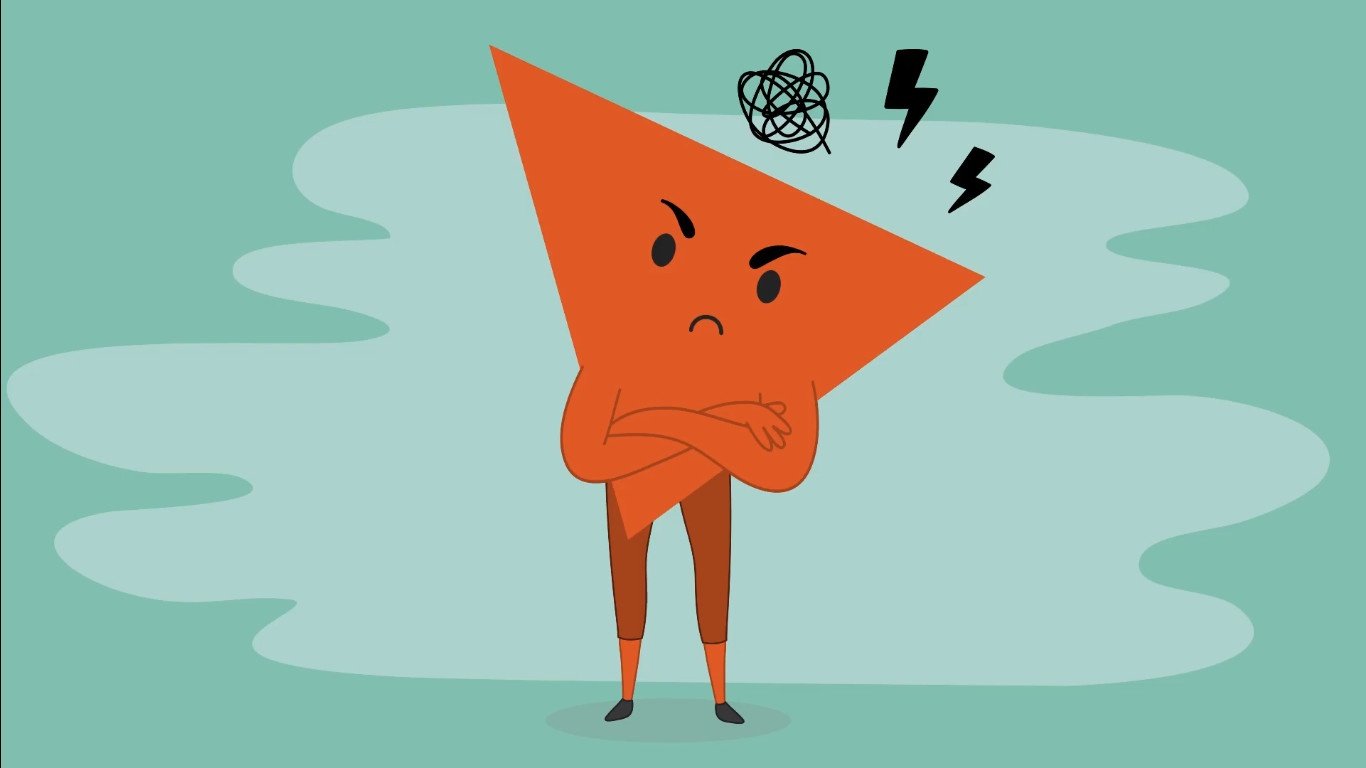
Shape language is often used by character designers in animation to quickly establish the character in the mind of the viewer.
Here we can see various characters using the circle as a shape, this evokes thoughts of peace, kindness, softness, safety and wholeness.

My favourite character representing the square, is the old man from the movie Up.
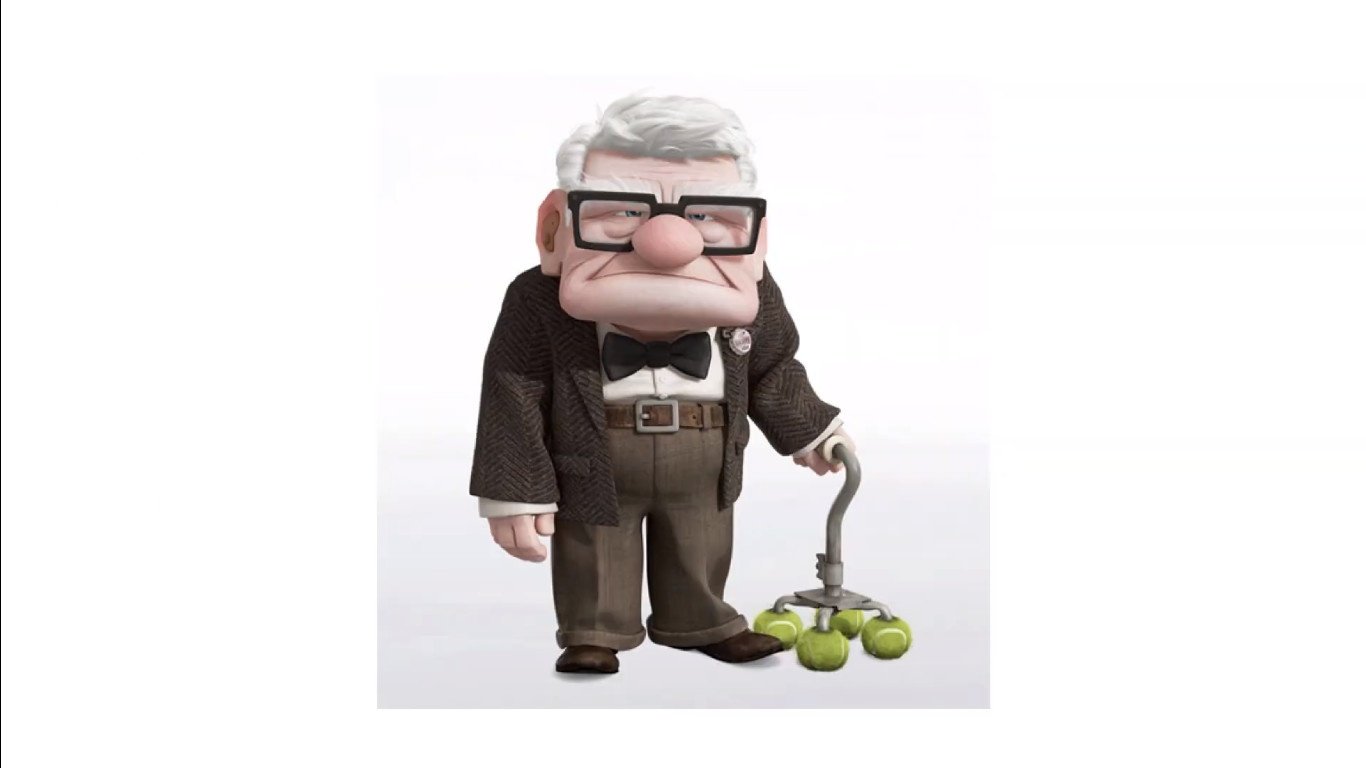
The square represents his stability, his dependability, his strength, reliability, boredom stationariness and unwillingness to change.
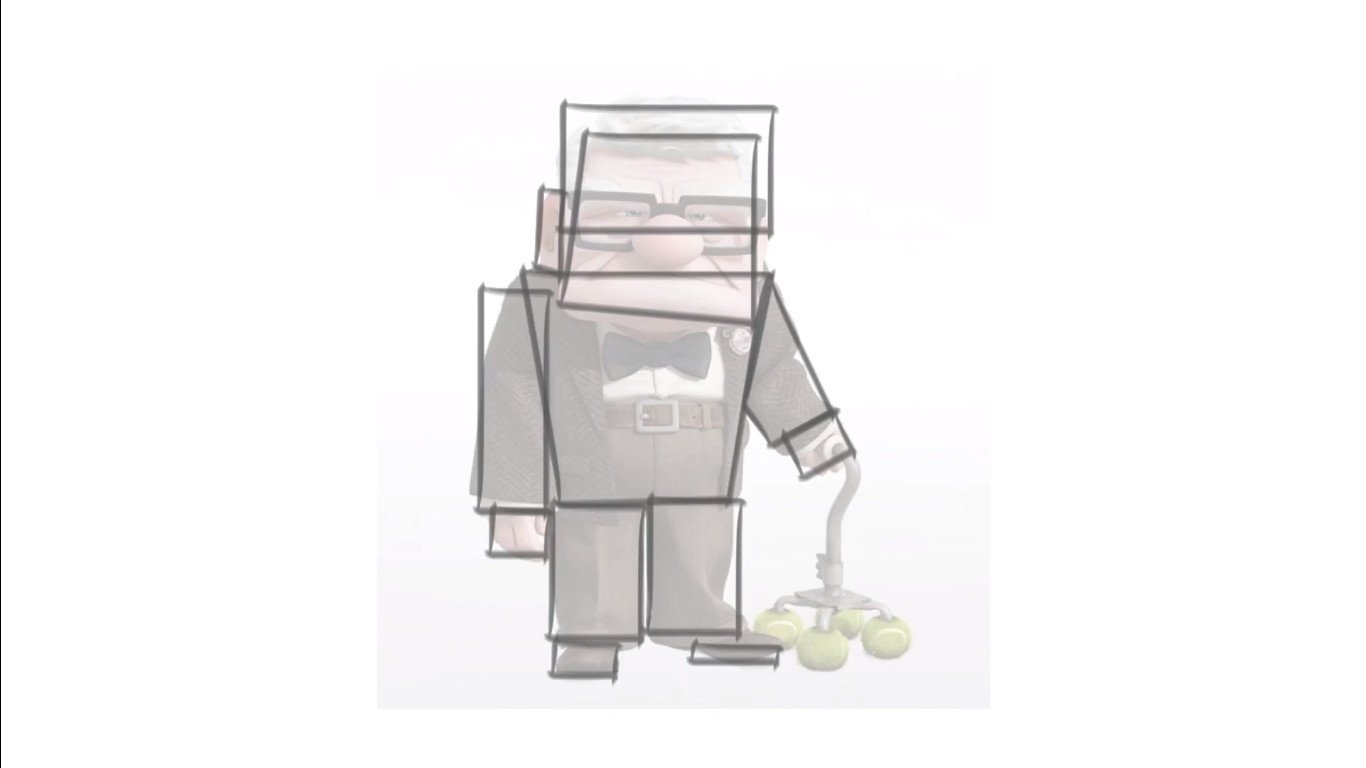
The triangle is often used to depict the evil characters. The moment we saw Maleficent and Jafar on screen, we just knew we couldn’t trust them.
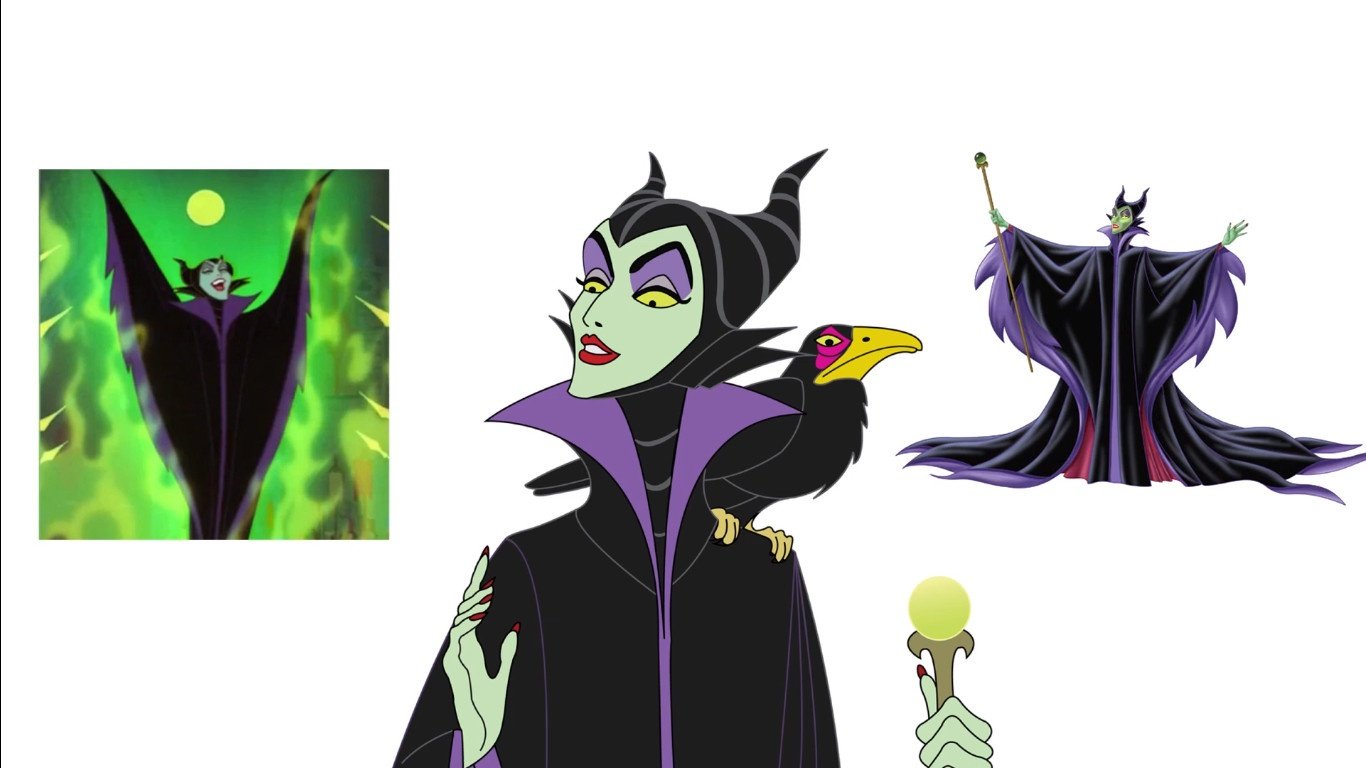
In contrast to blocky and circular shapes, triangle shapes can make a character feel severely unstable and dangerous.
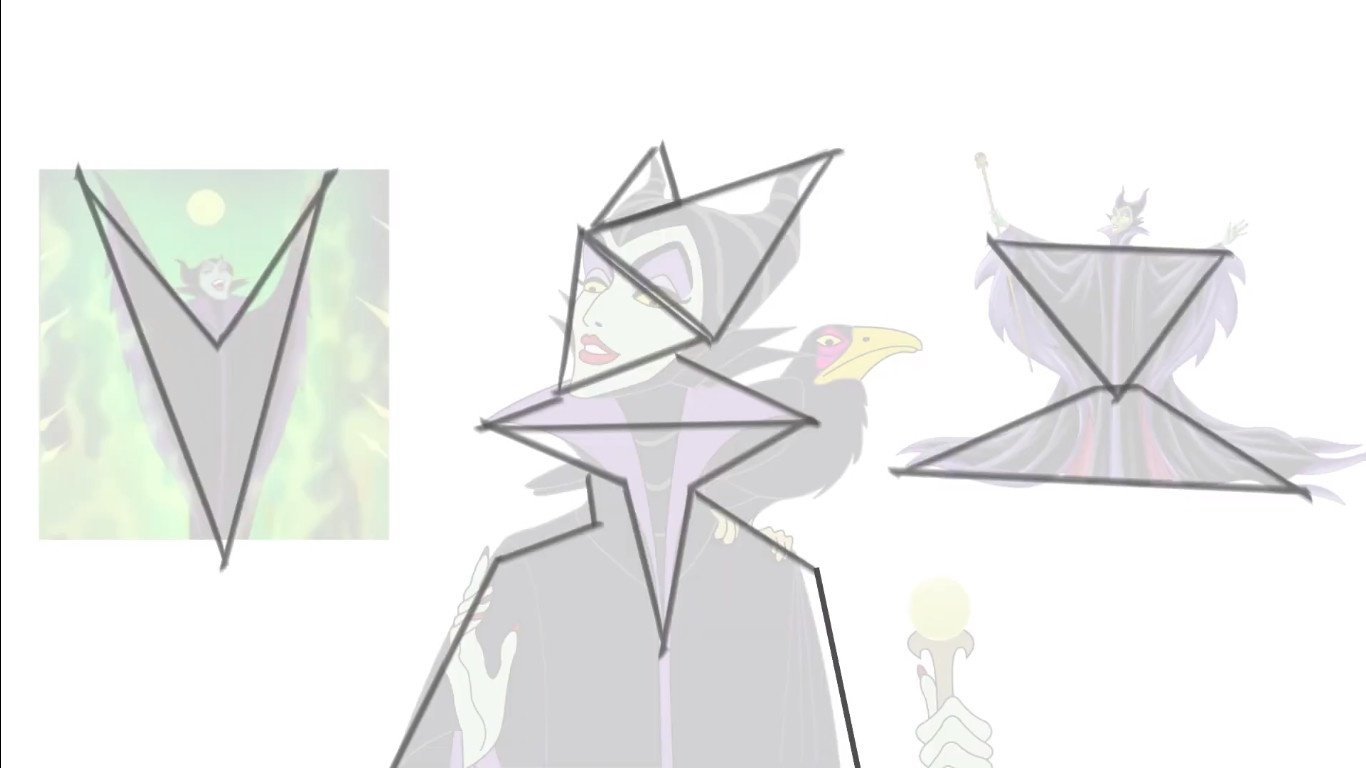
There are also other ways to describe shapes in artworks.
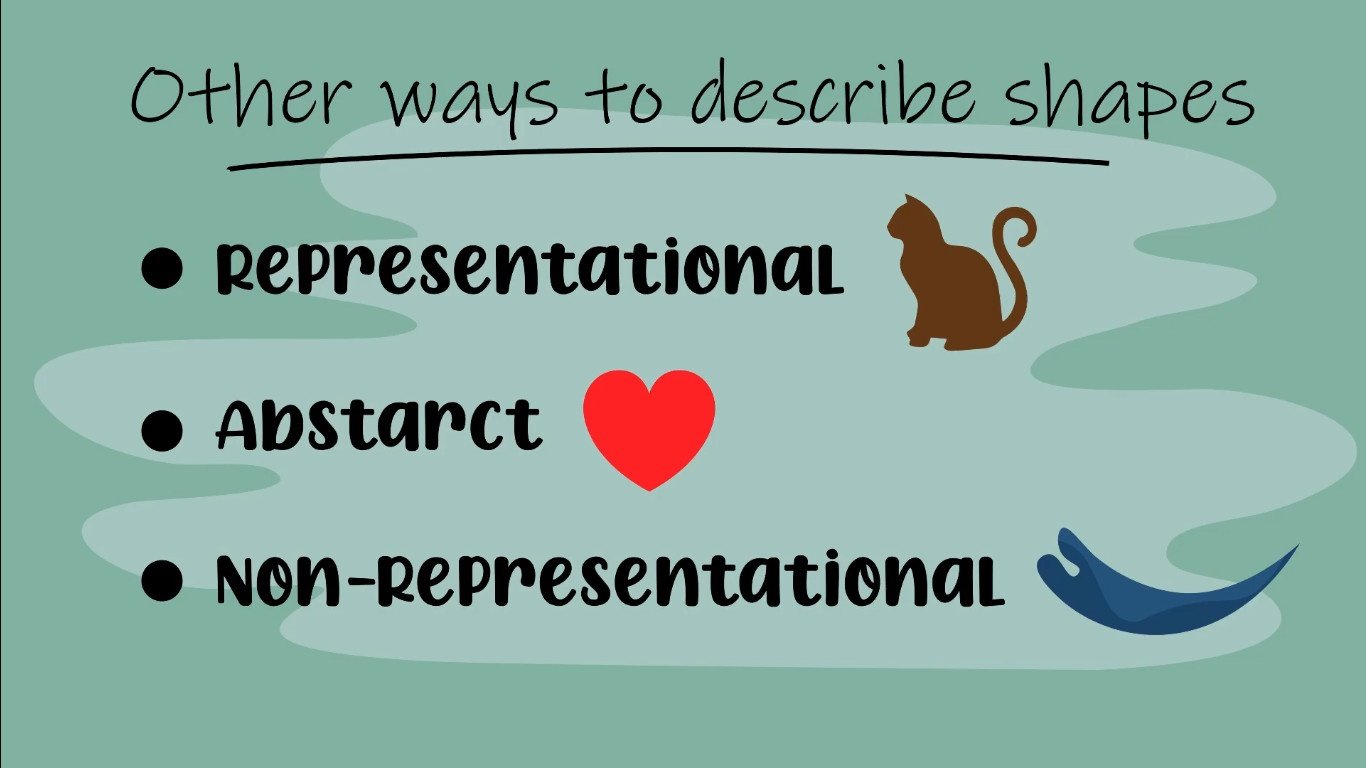
These include representational shapes, abstract shapes, non-representational shapes,

symbolic shapes, decorative shapes and transparent, reflective and opaque shapes.
Let’s go through them one by one.
Representational shapes: these shapes reproduce what we see in the real world, they are drawn with visual accuracy and is easily recognizable.
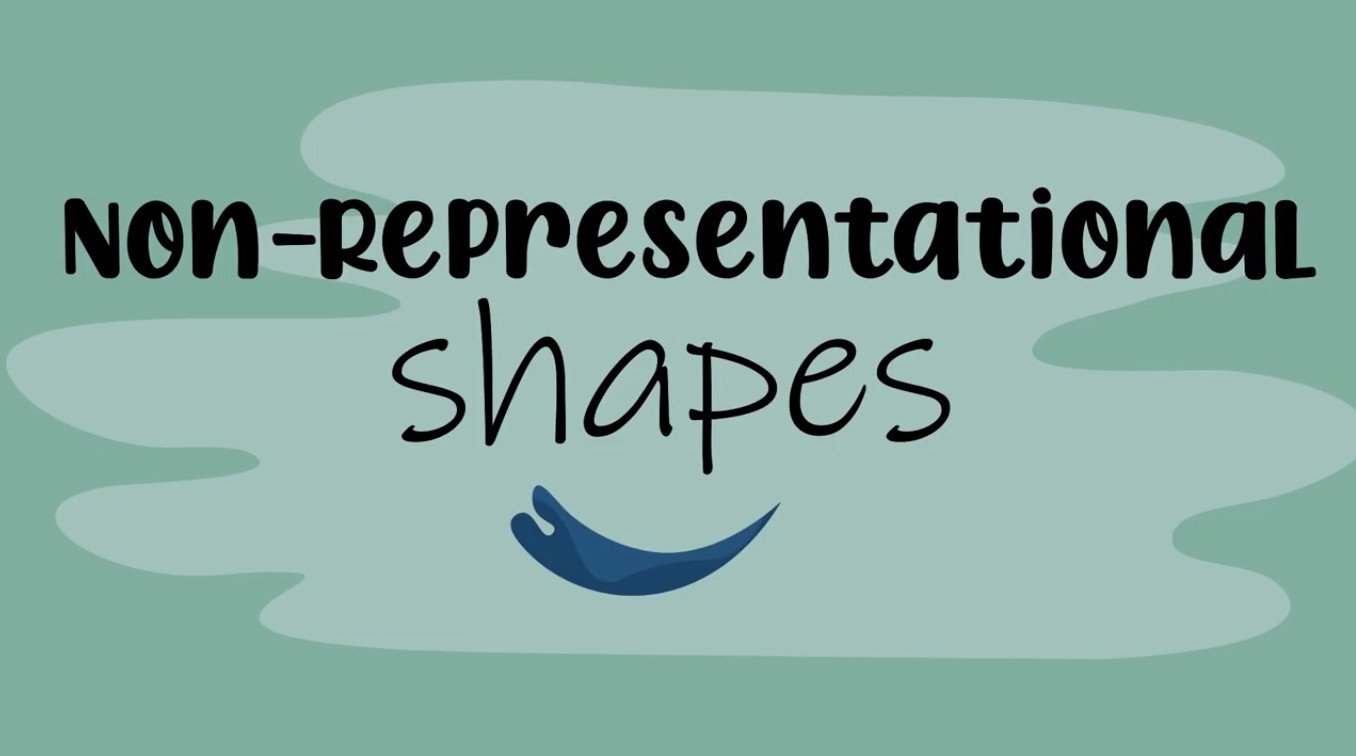
The shape of the shell looks like a shell
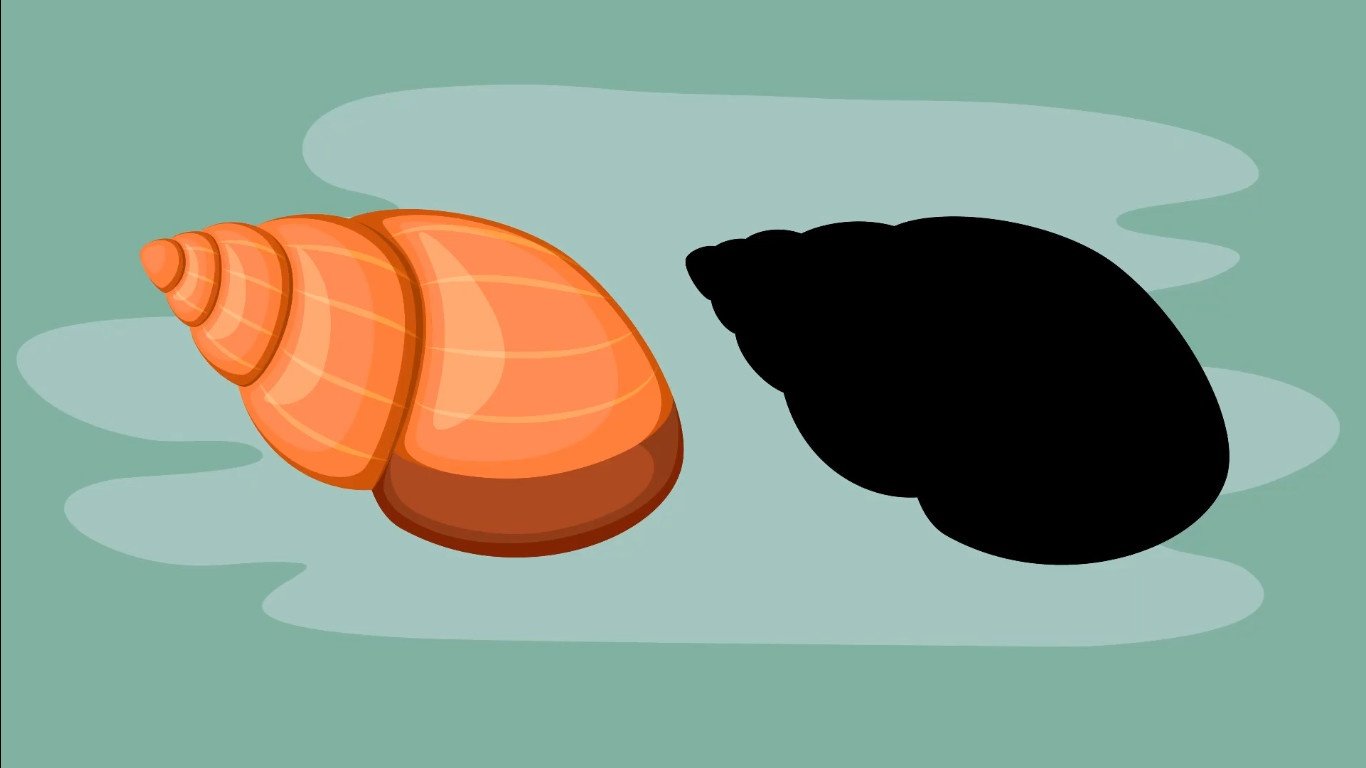
and the shape of the lobster looks like a lobster.
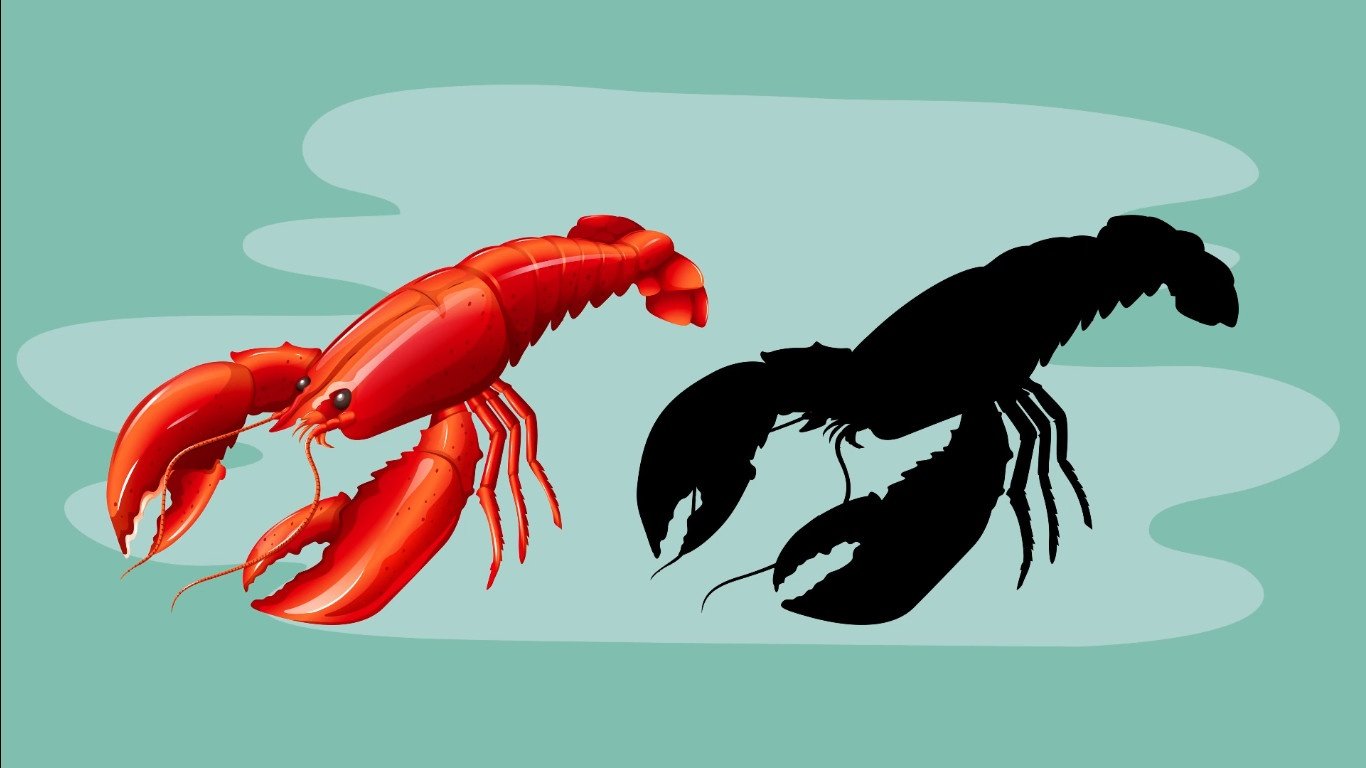
Abstract shapes are far removed from its actual real world appearance. It is almost impossible to easily discern what is being represented.
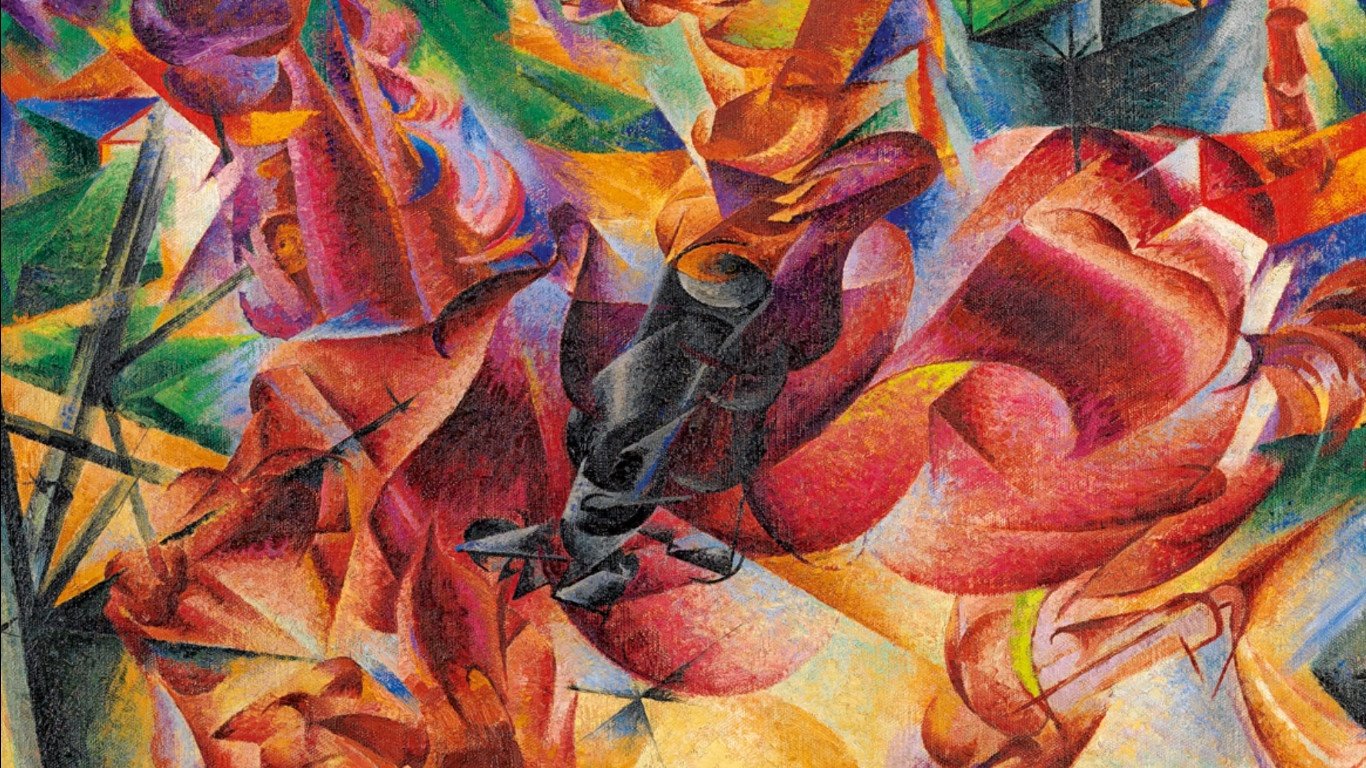
Non-representational shapes do not depict anything from the real world such as figures, landscape or animals. It is called non-representational, because it simply depicts colors and lines and expresses things that are not visible, such as emotions or feelings.
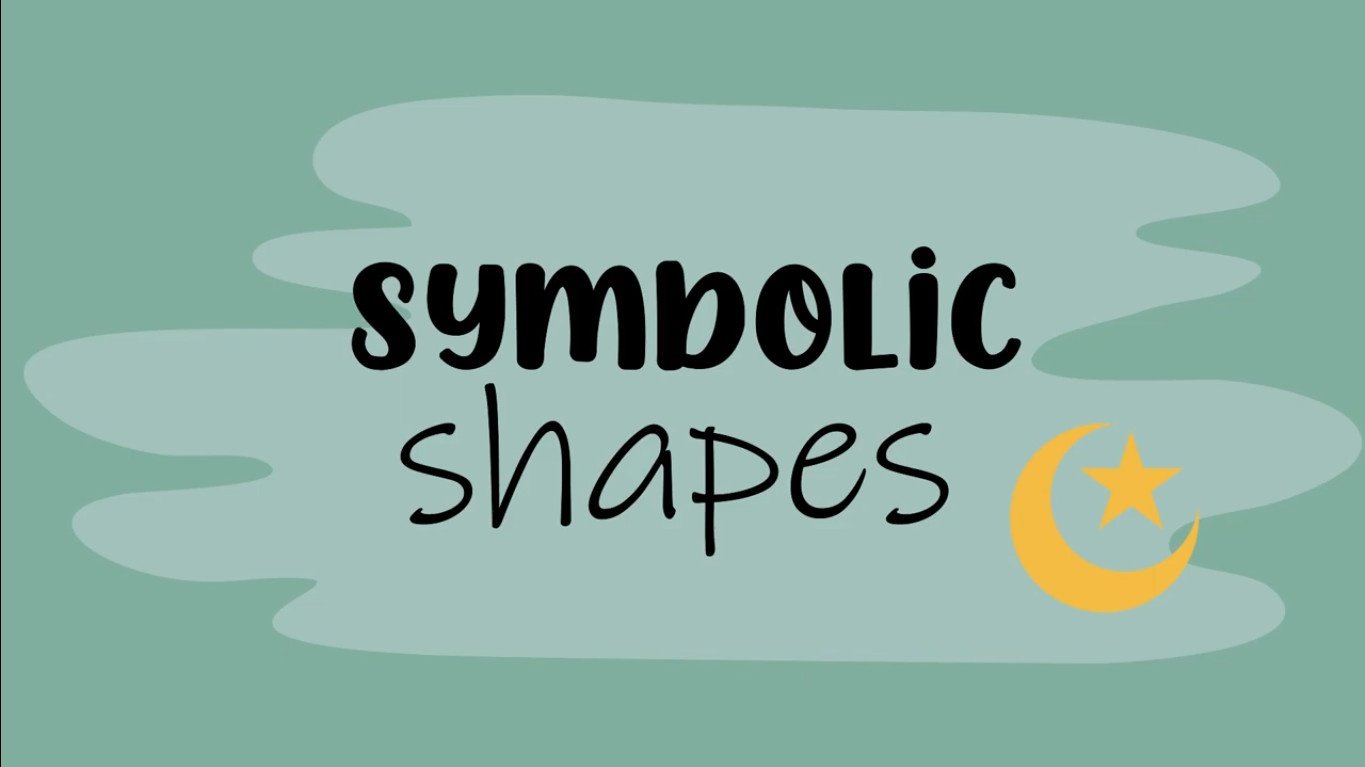
Then we also get symbolic shapes. A symbol is an object or sign that represents an identity, a belief or a concept, for example the symbol of a cross can represent the Christian faith.

Decorative shapes are shapes that predominantly make something look more attractive or ornamental.
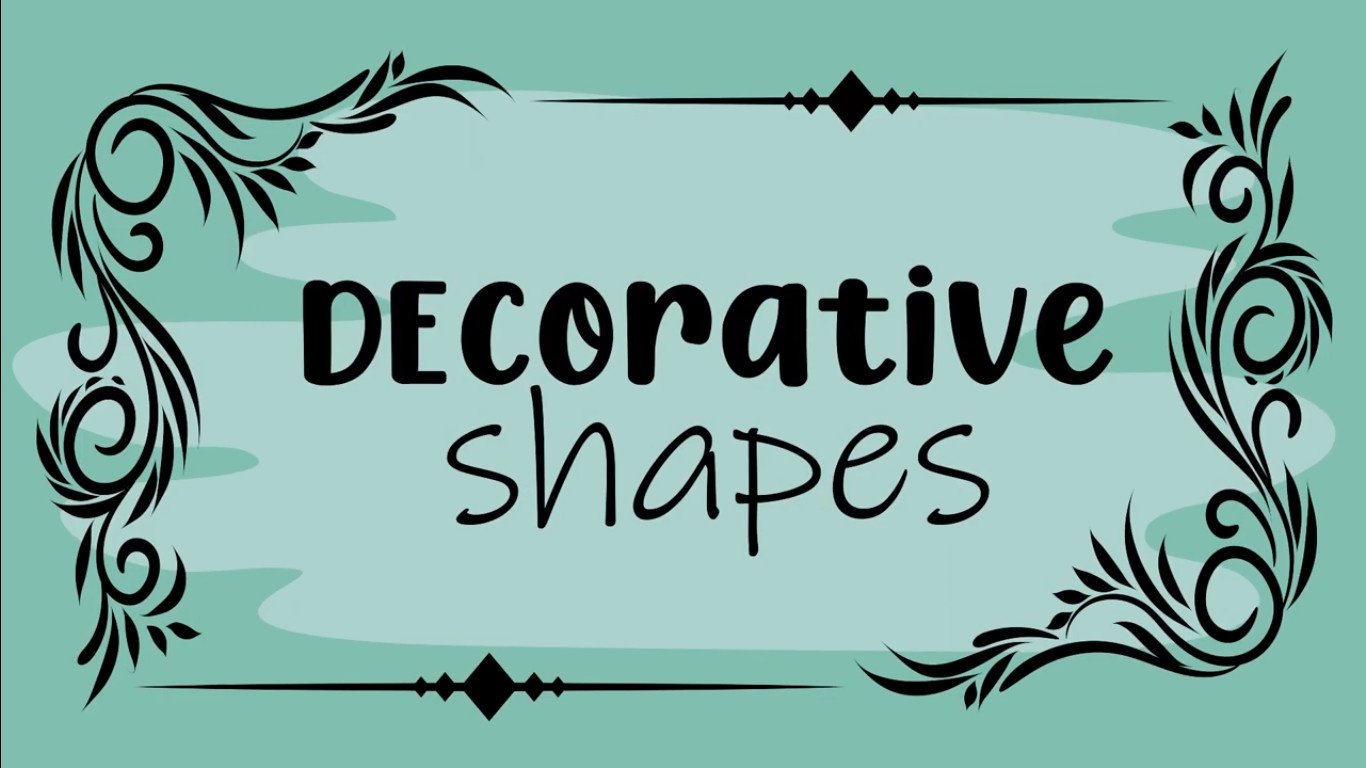
This includes a huge range of styles that cross historical, geographic and cultural borders, including Arabian, Turkish, Persian, Islamic, Indian, Chinese Japanese and African designs.
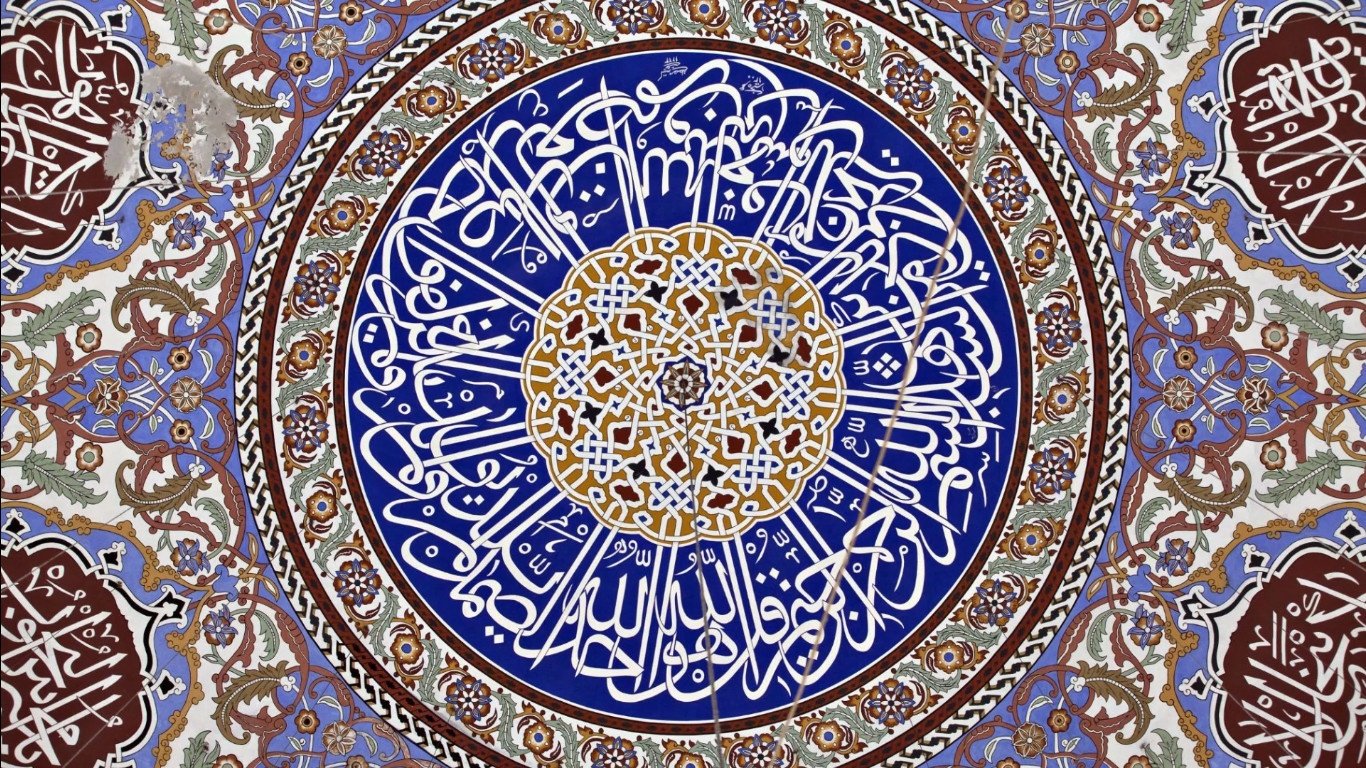

They are also transparent reflective and opaque shapes.
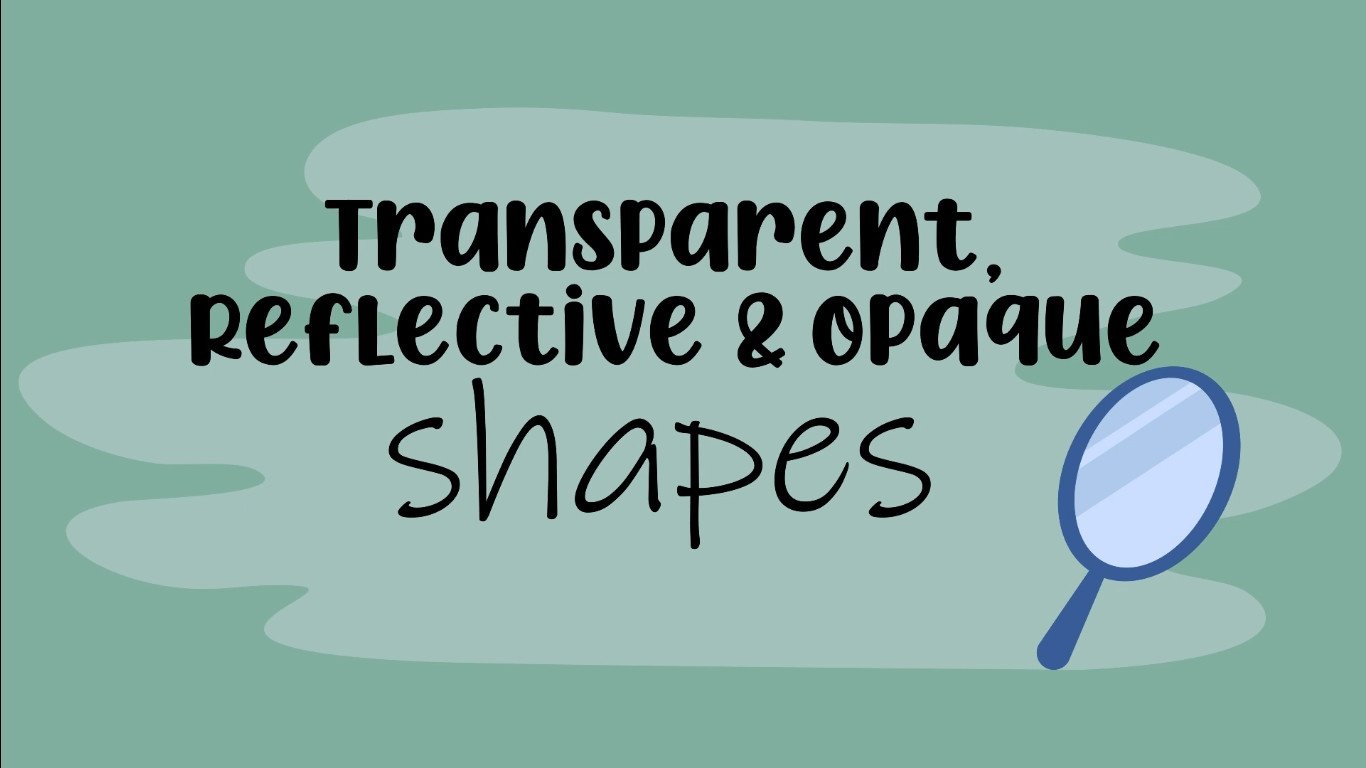
Transparent shapes allow light to pass through them, so that you are able to see what lies beyond them.
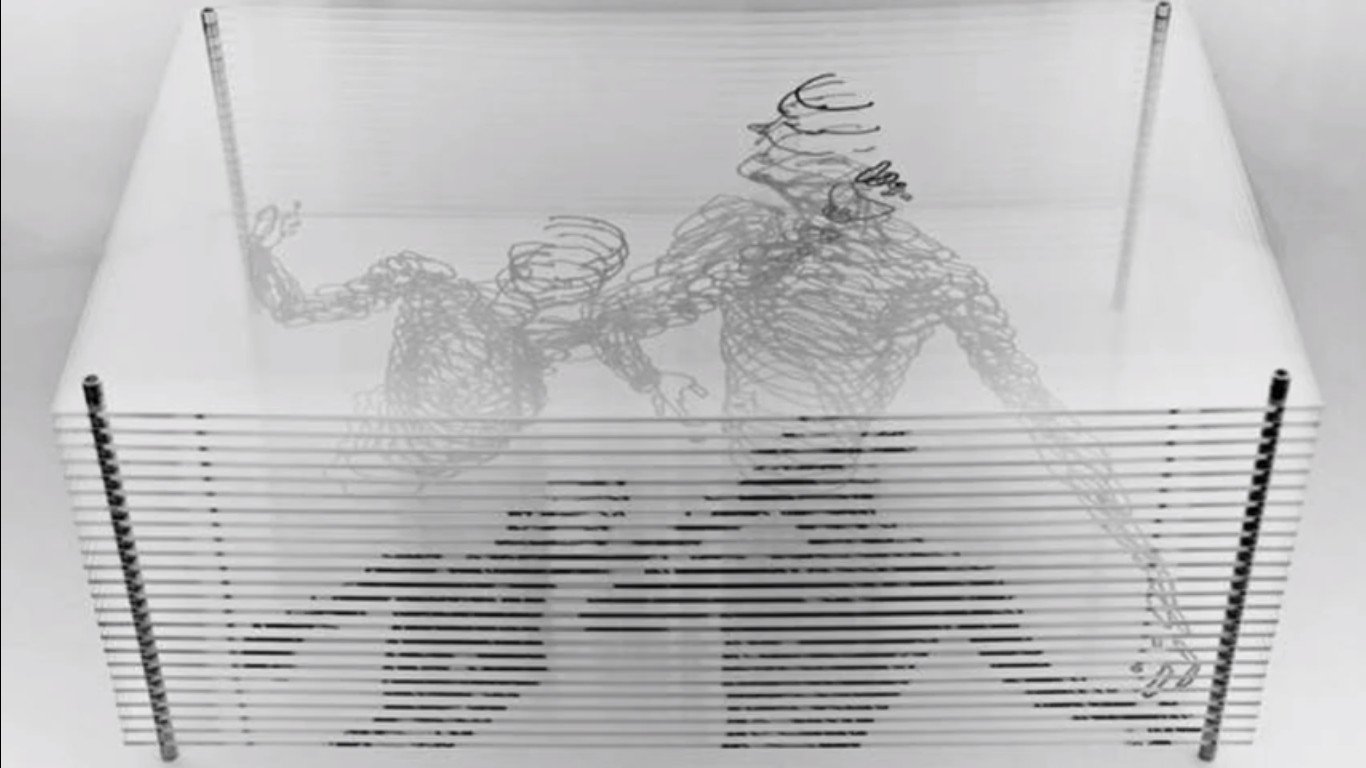
Reflective shapes reflect light back to us, creating a mirror image.
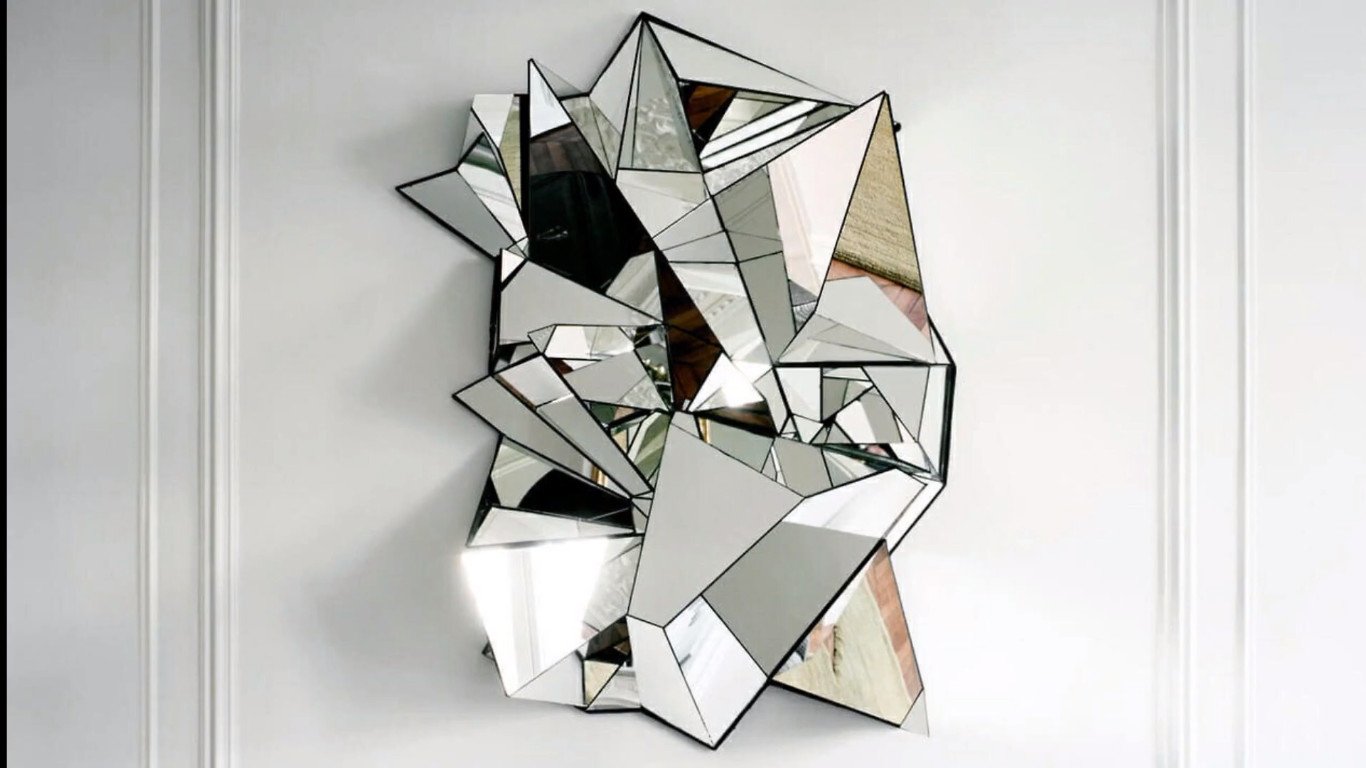
Opaque shapes absorb light but also reflect some color back. Now you are all clued up regarding one of the seven elements of art: Shape
Next time you visit a gallery and you are looking at a painting, a photograph or a sculpture, how would you describe the way the artist approaches shape?
What do you see?
Now let’s make your own art great.
In your own artwork, how would you like to experiment with shape?
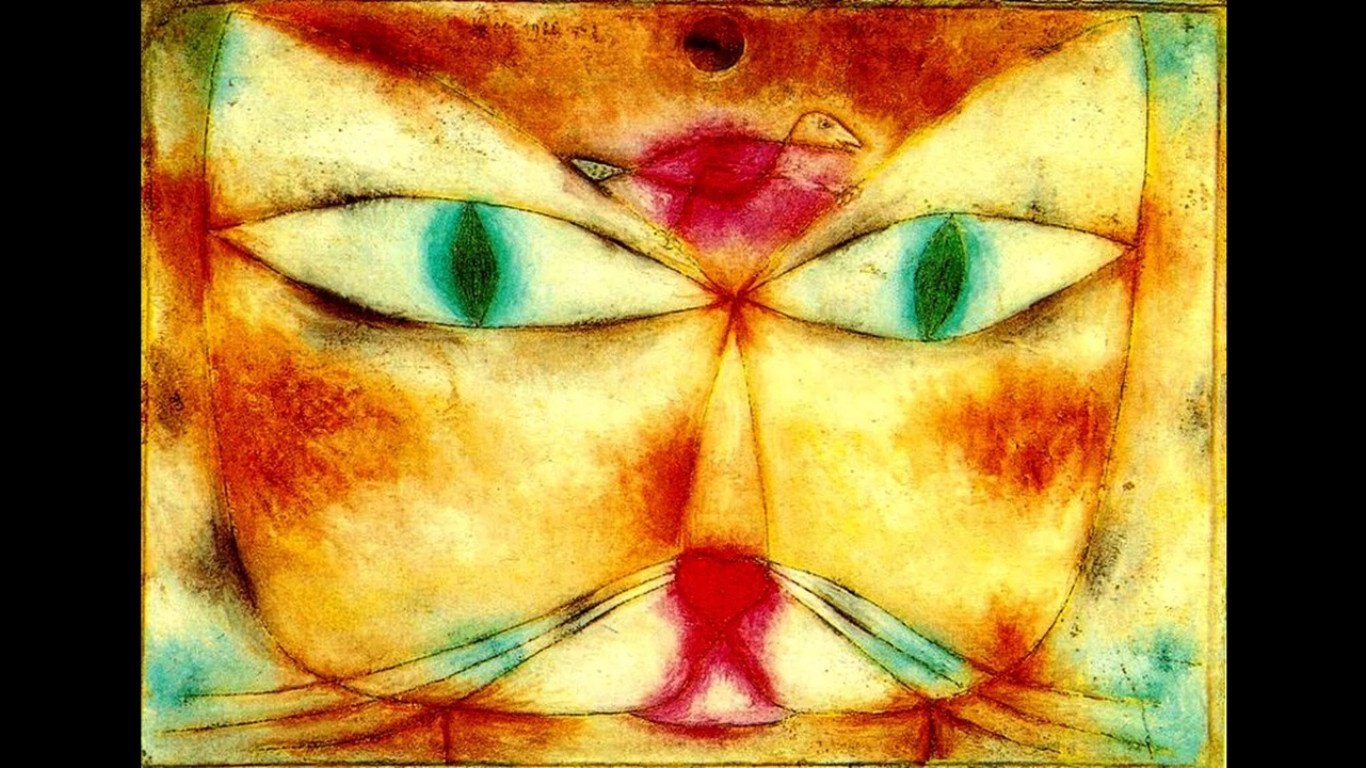
Learn to identify, to see the basic shapes and objects all around you, and really become better at drawing.
Challenge yourself and create an artwork only using geometric shapes and another one only using organic shapes.
And that’s our lesson on shape!
FREE online videos available on our YouTube video for each worksheet.


